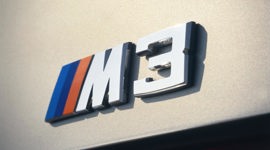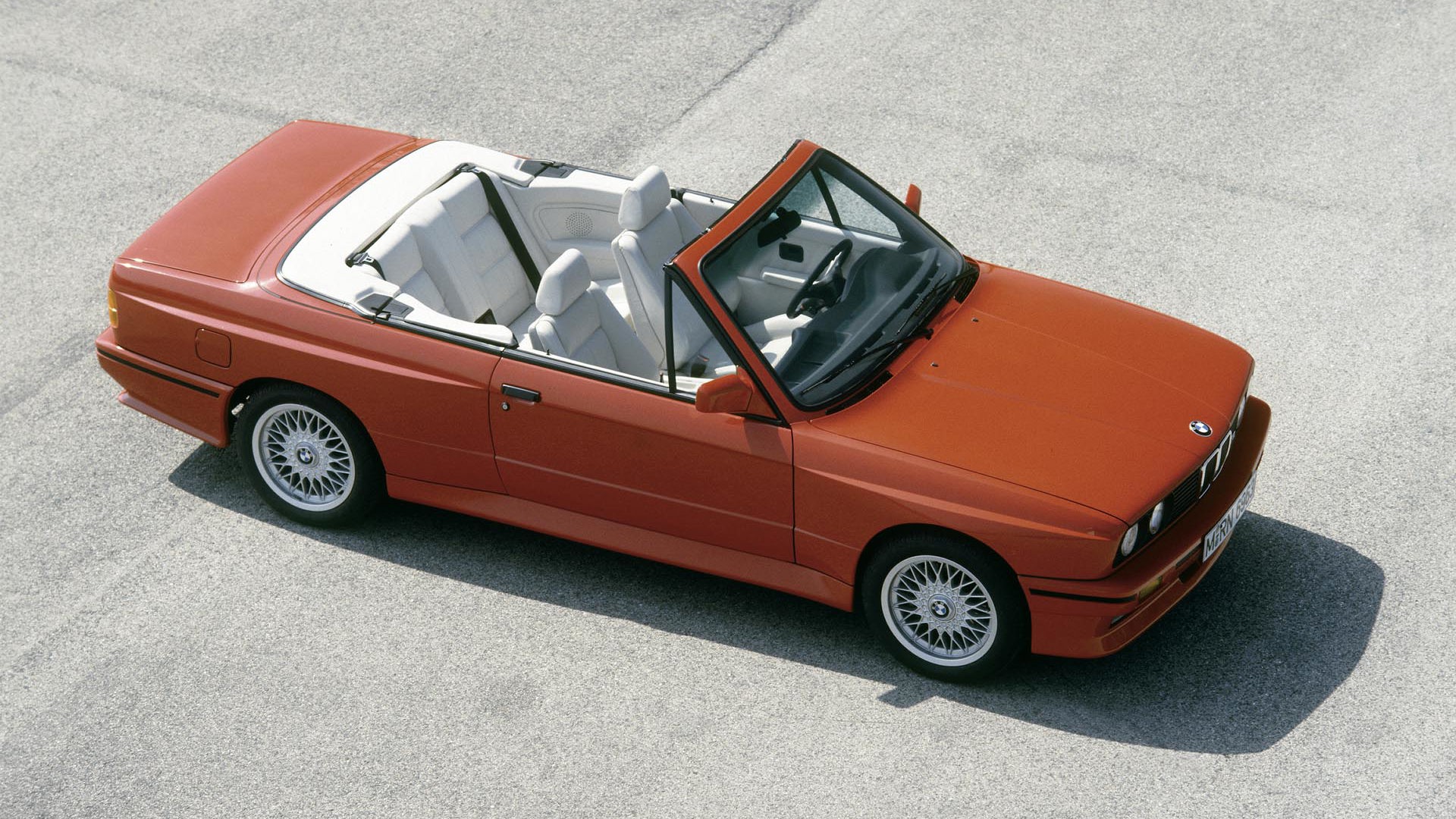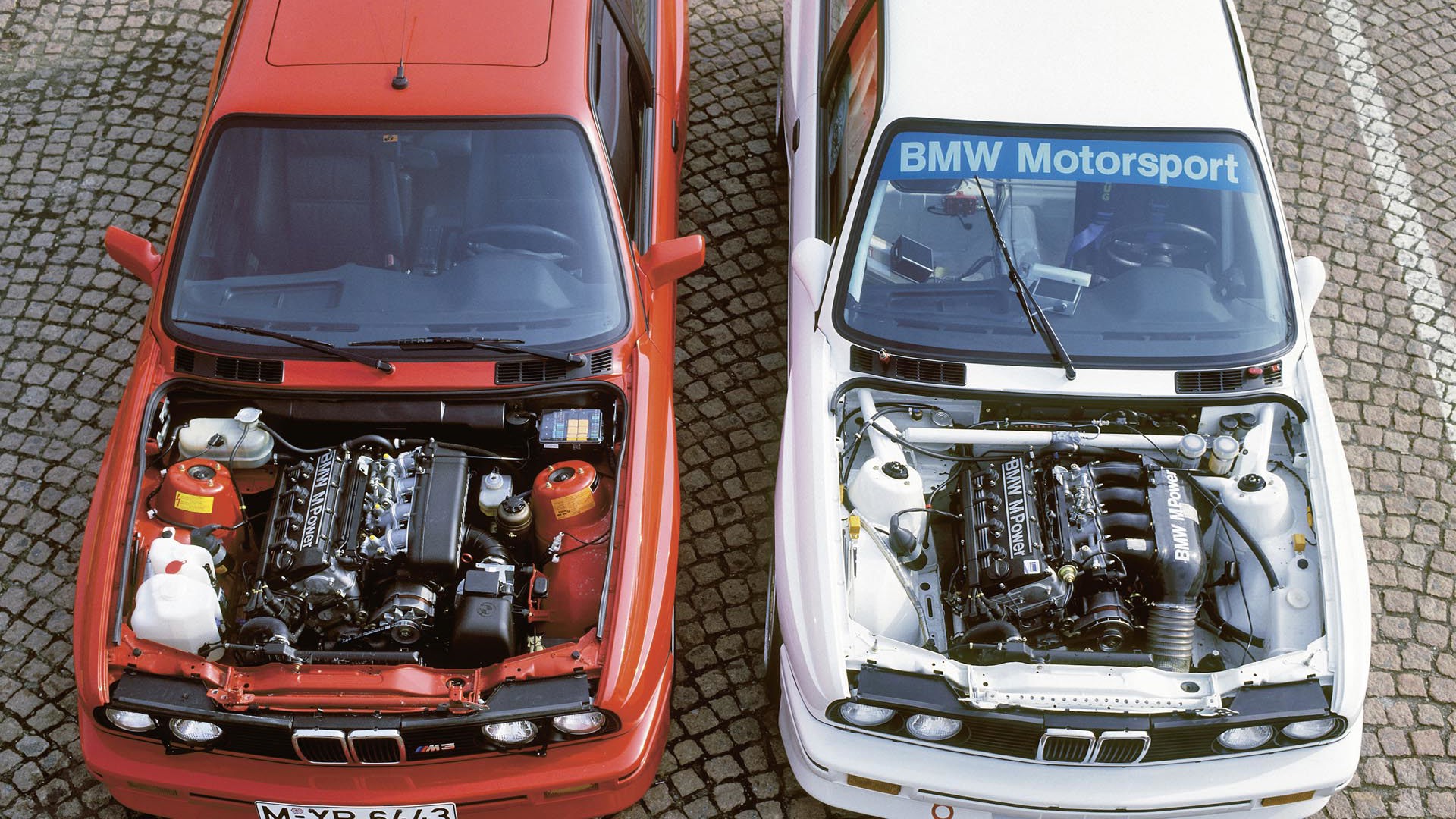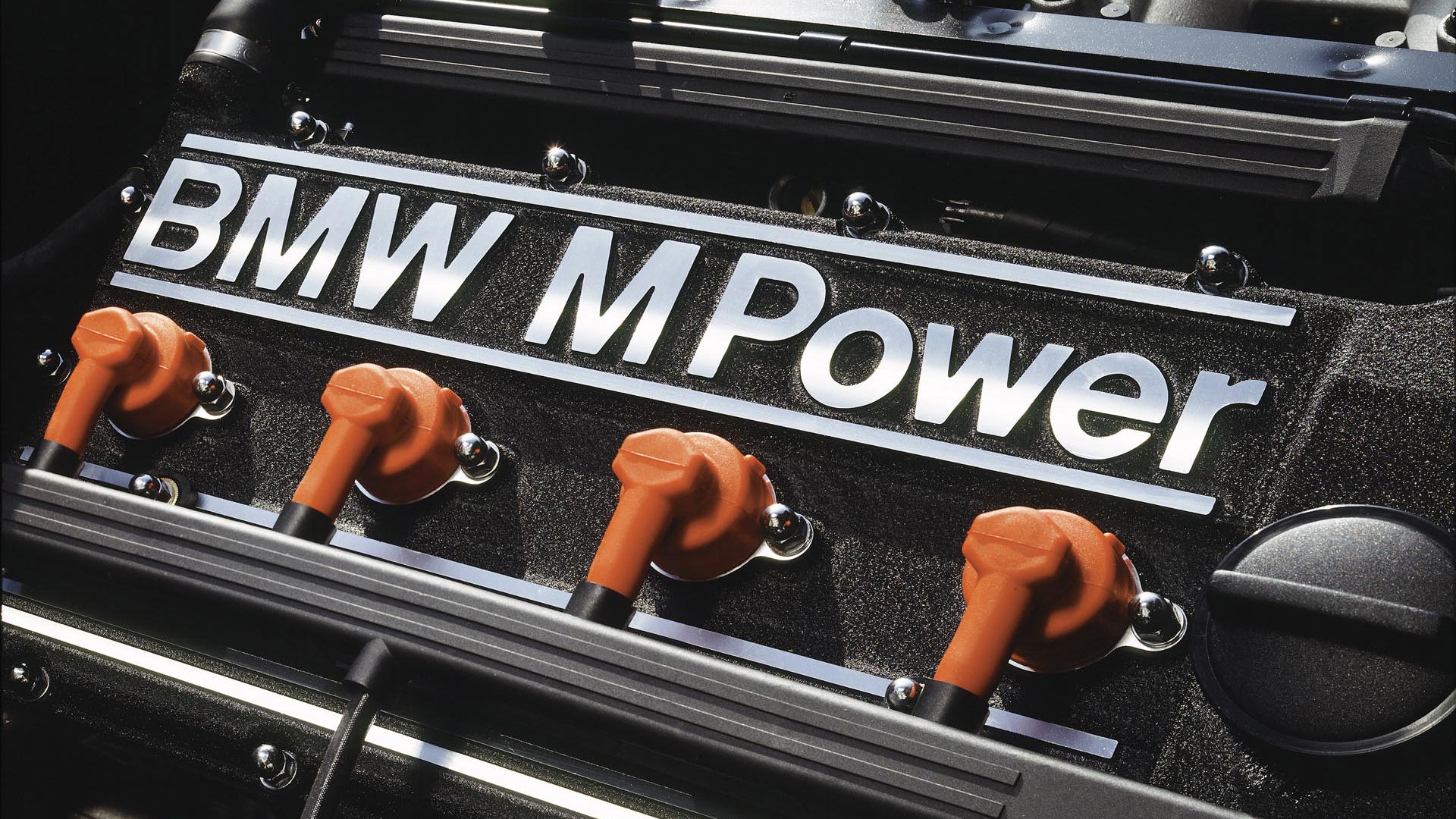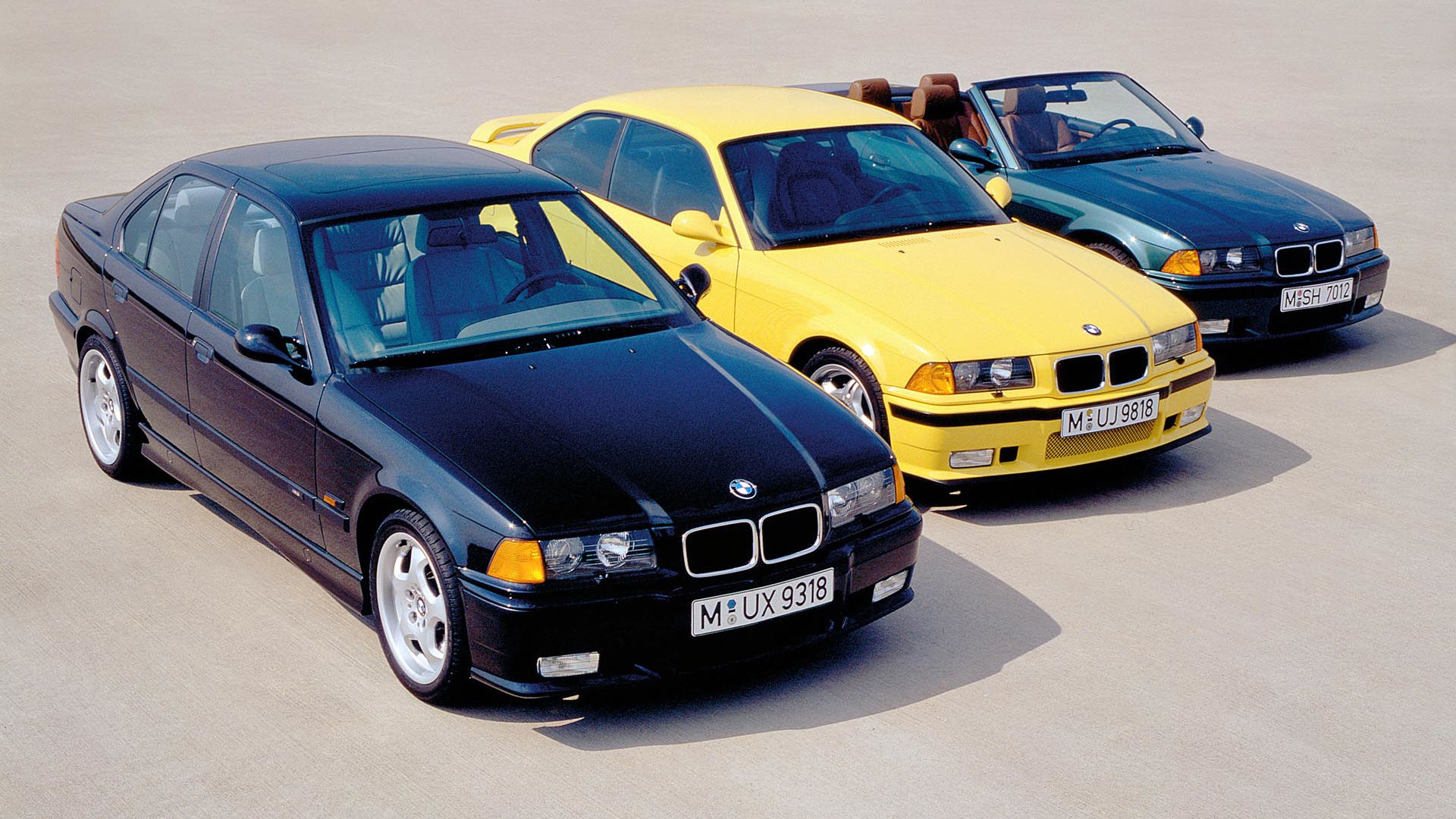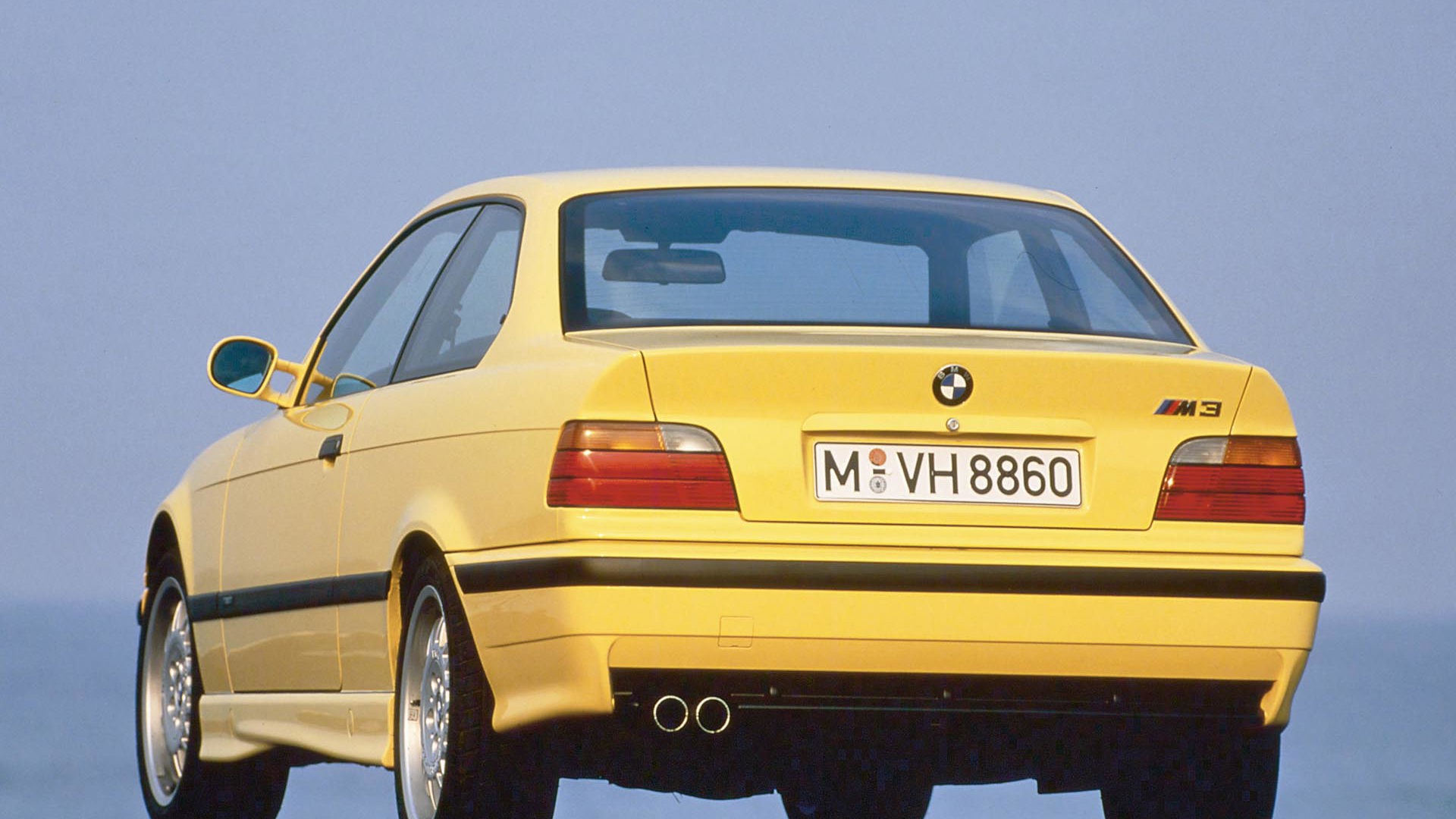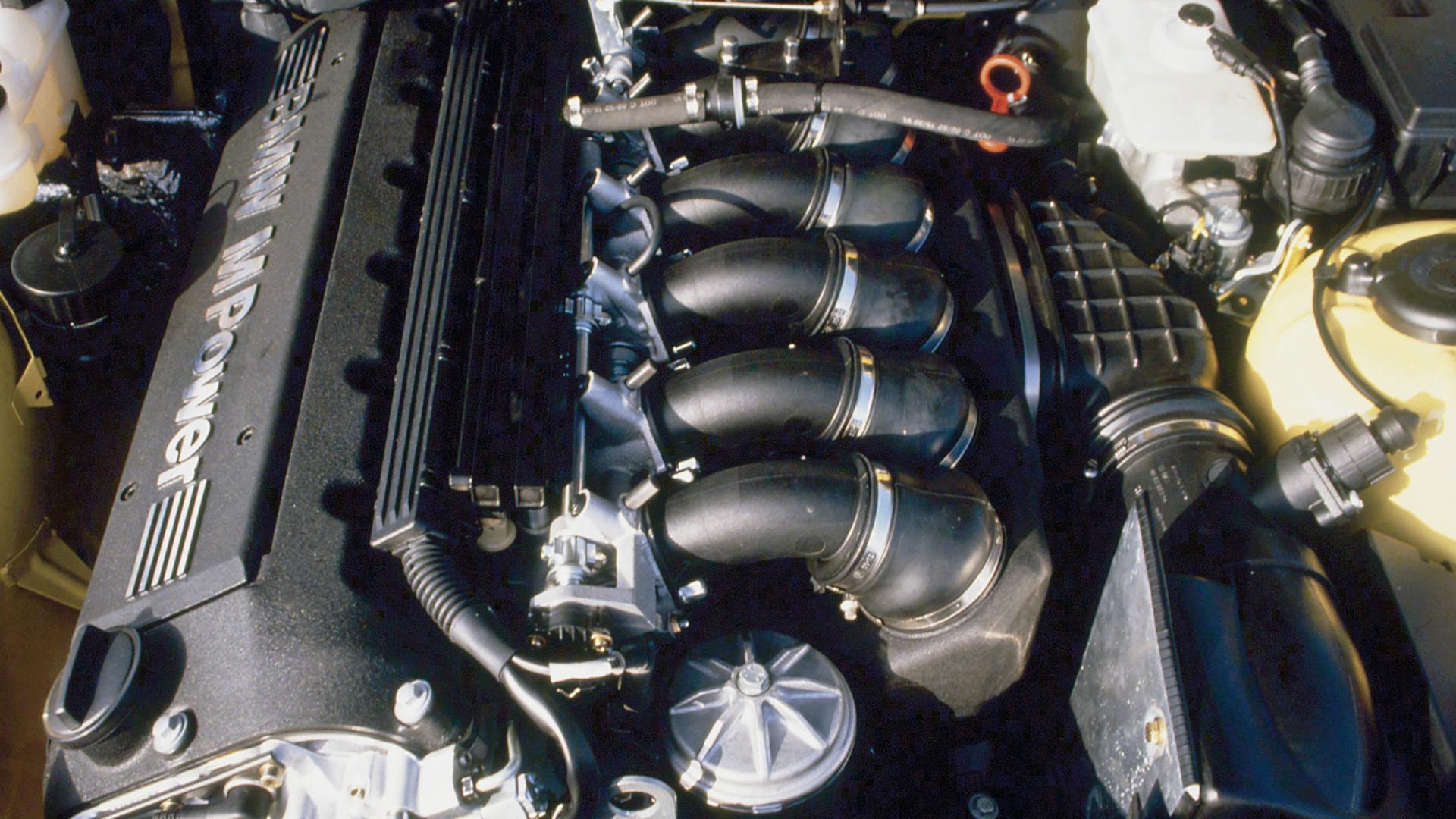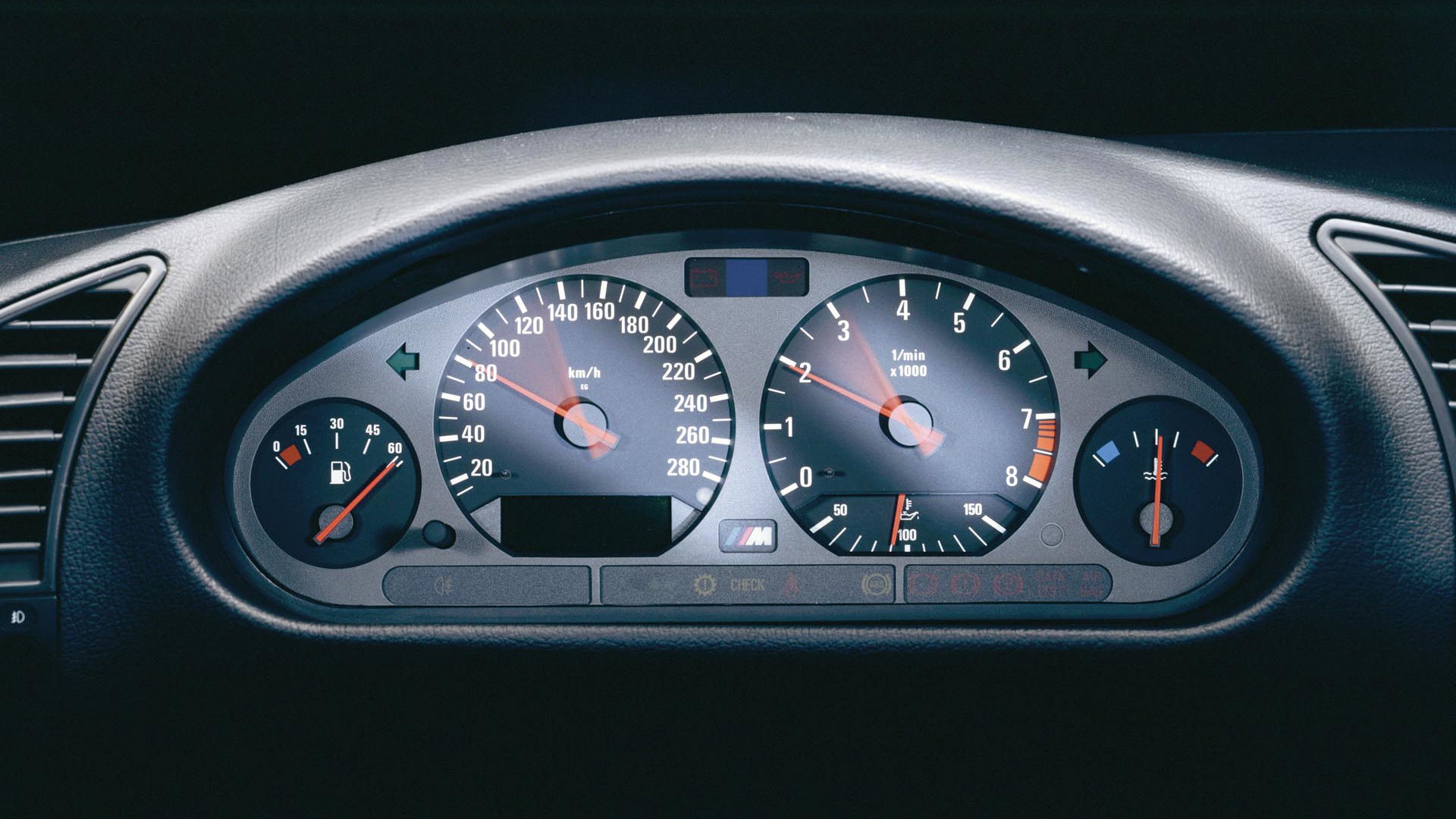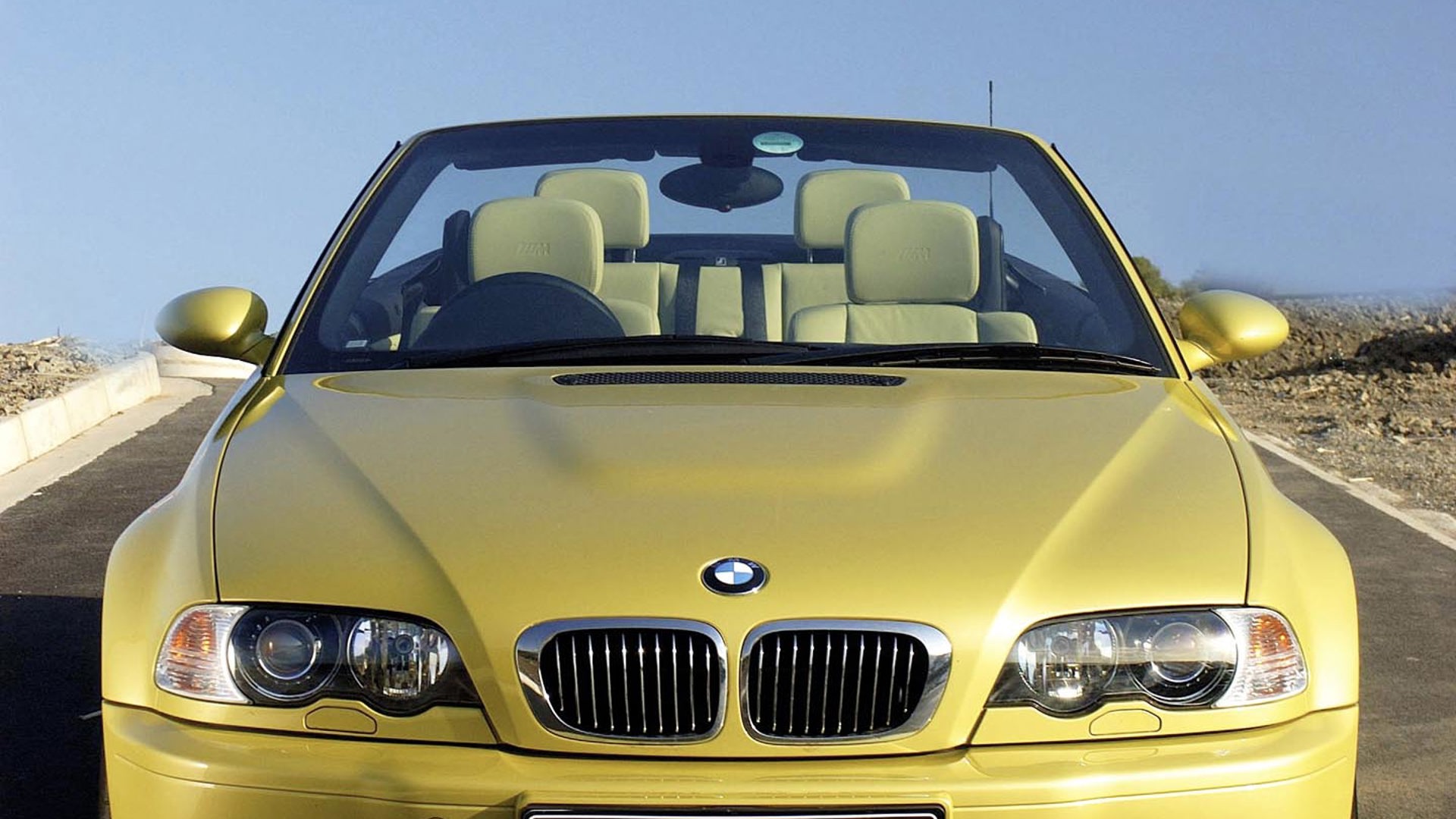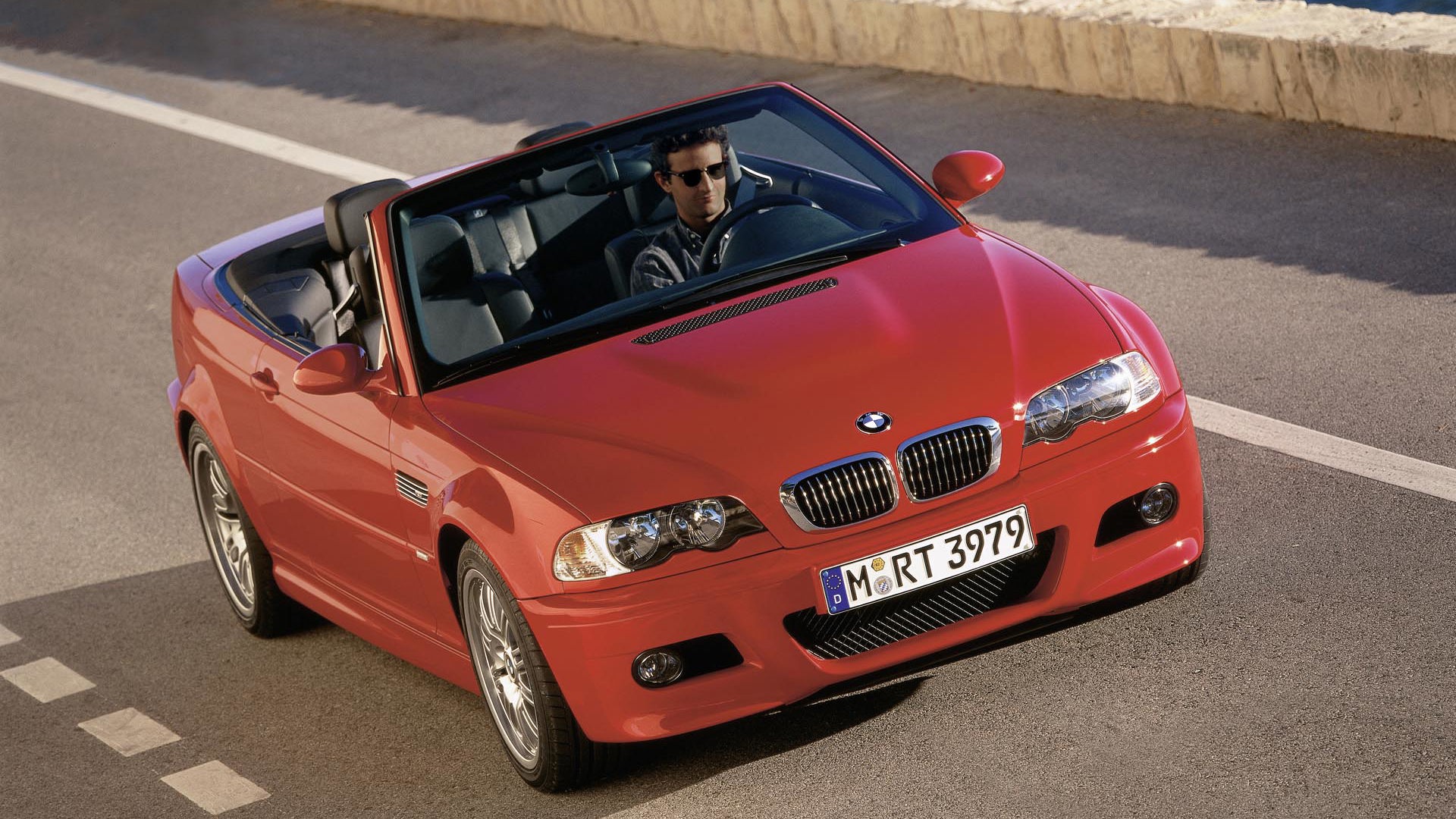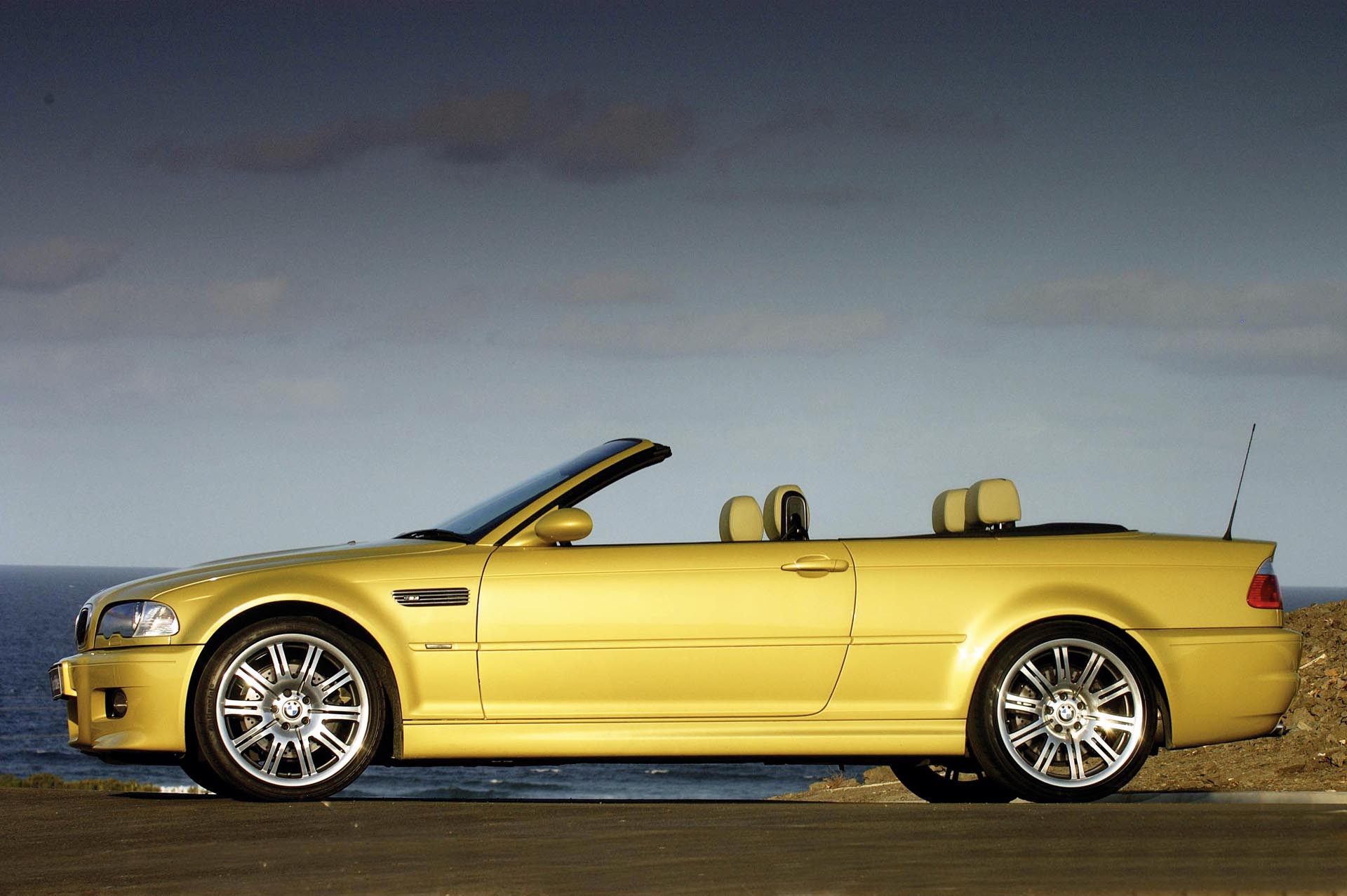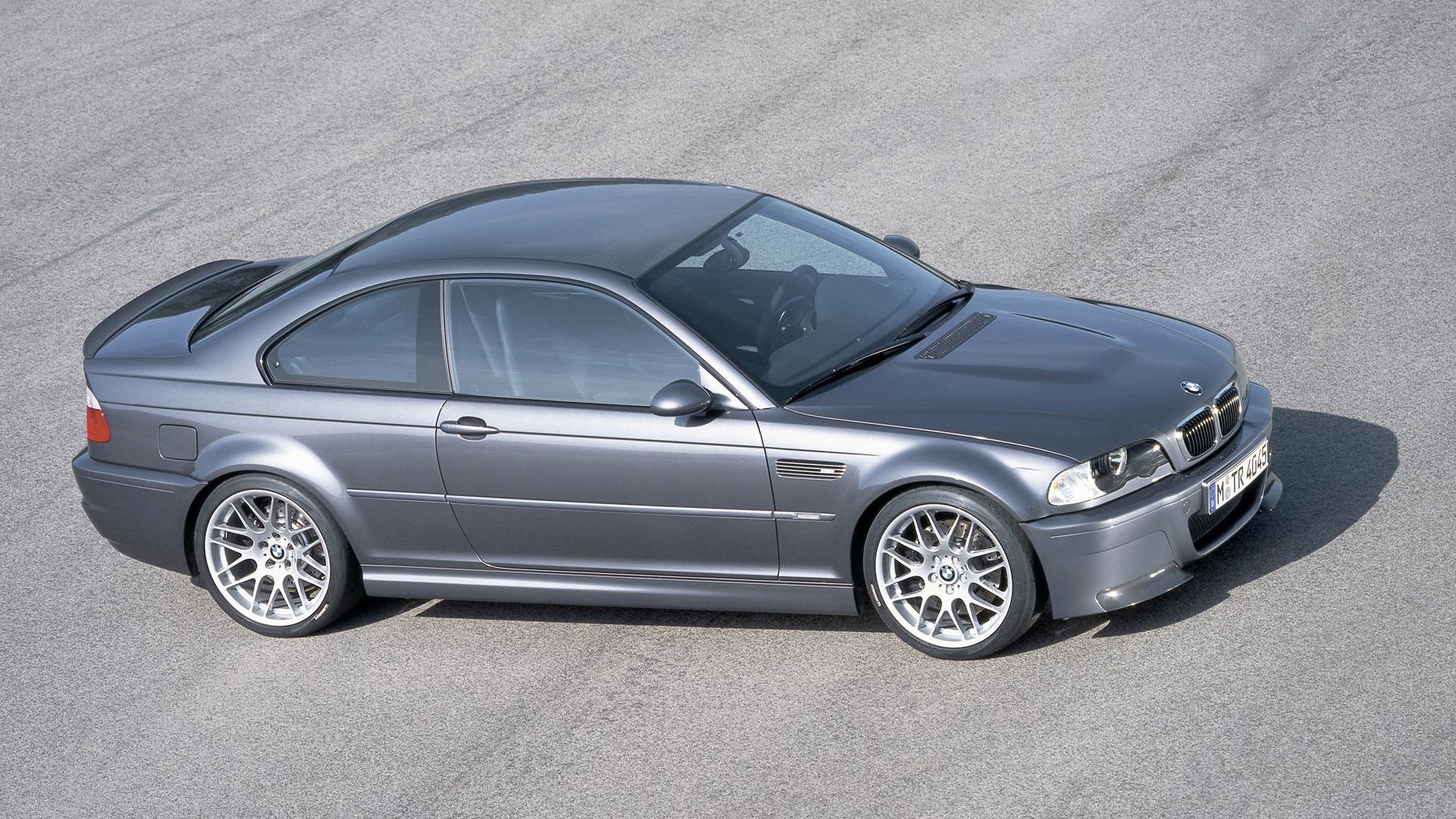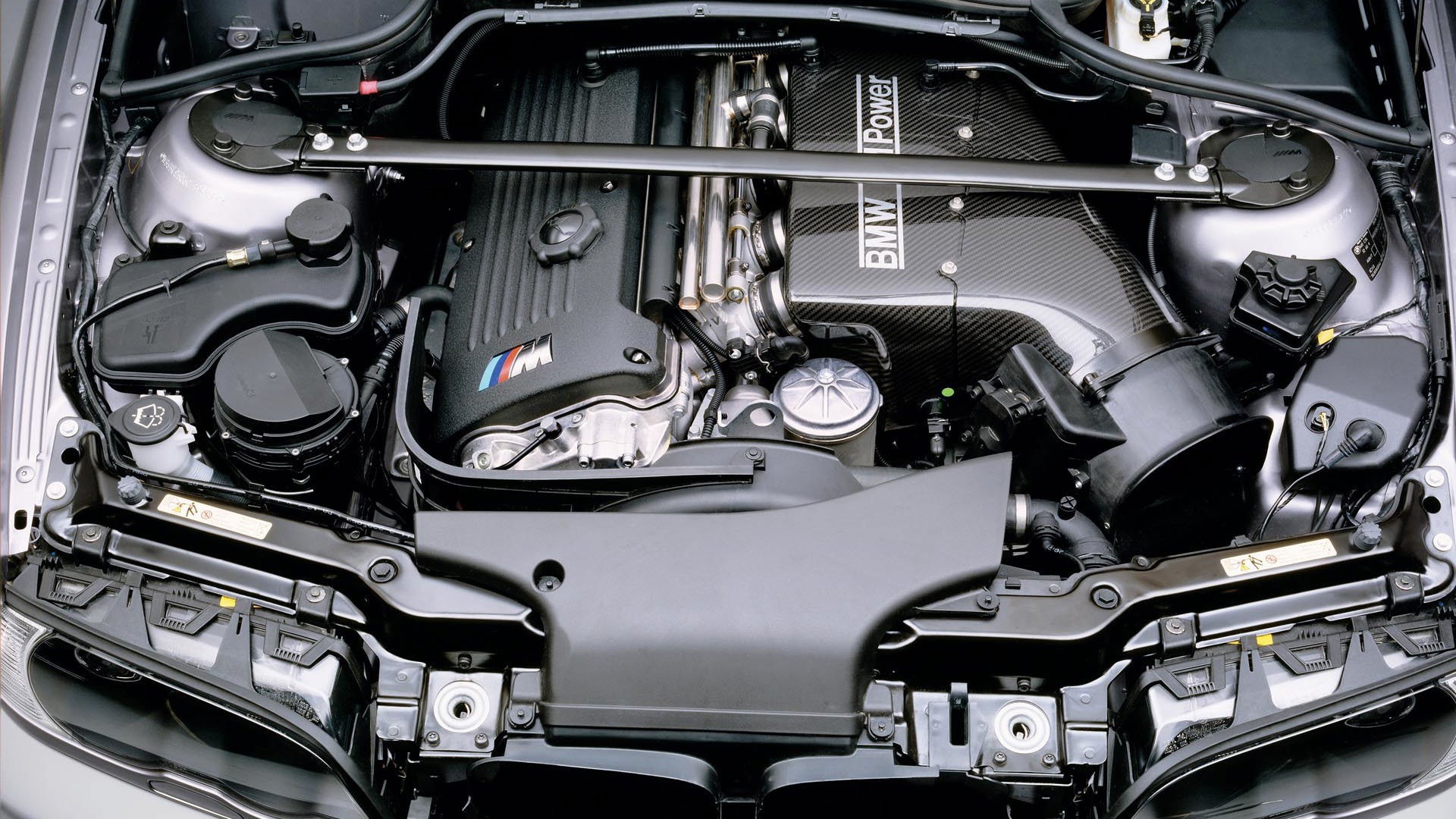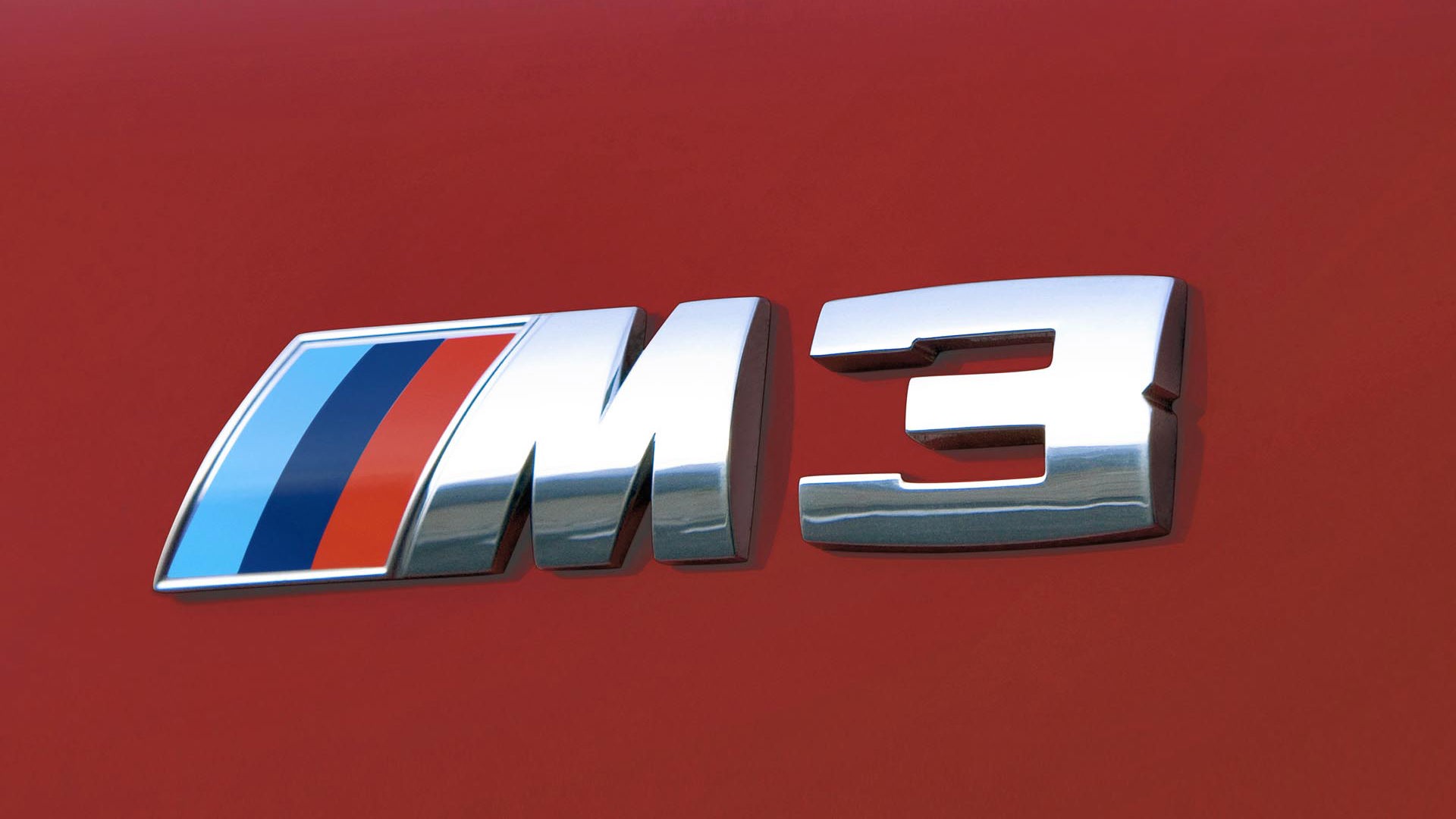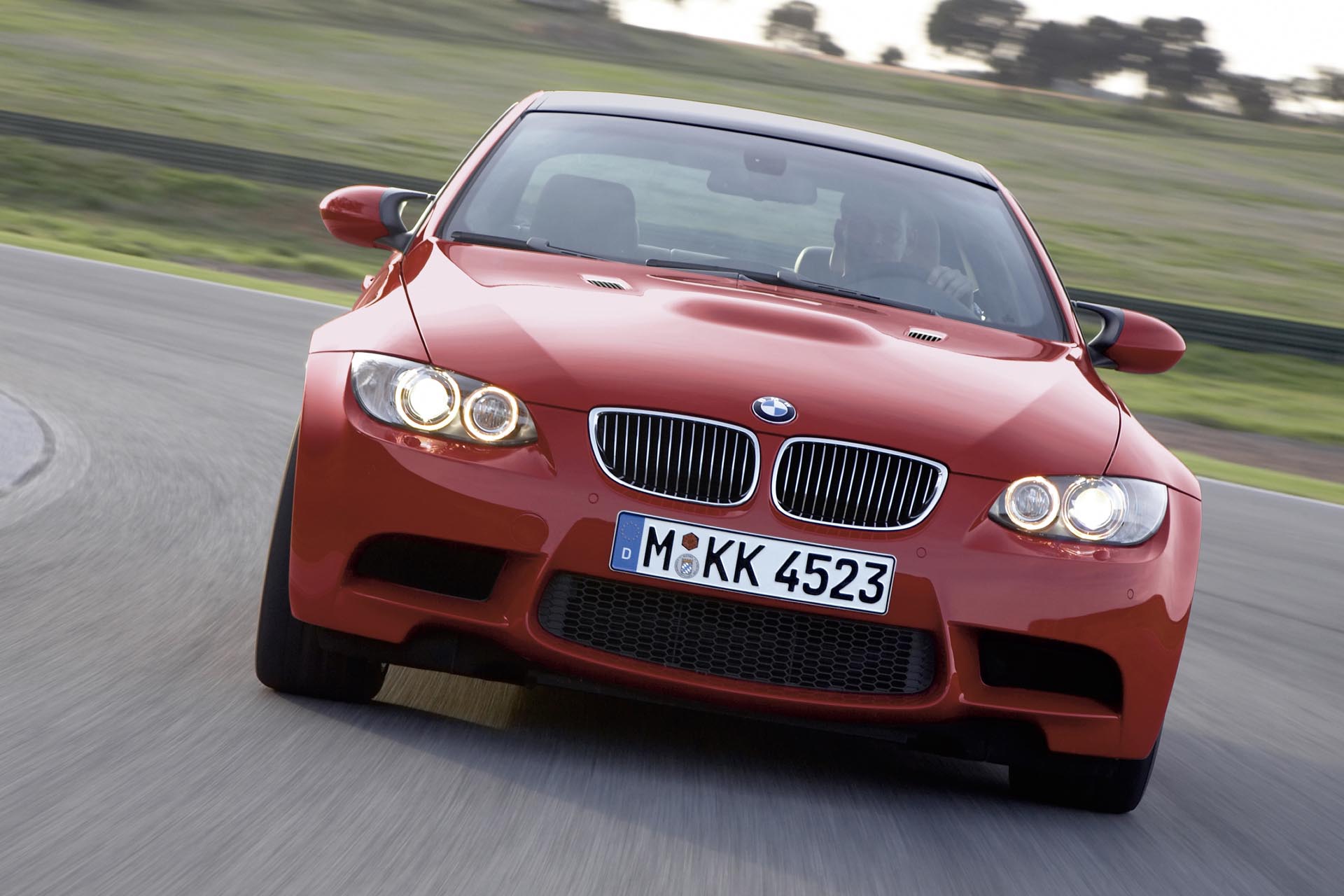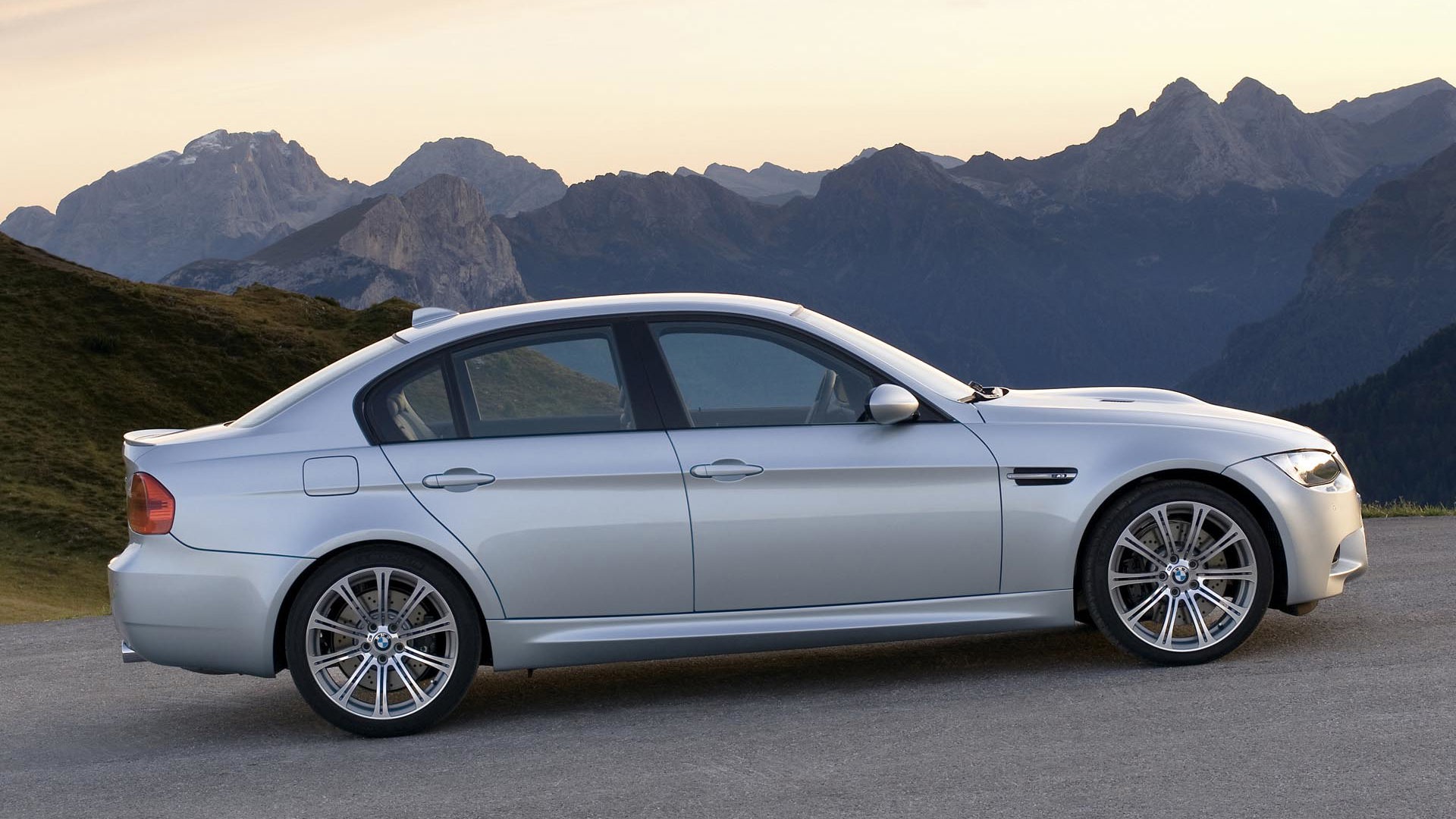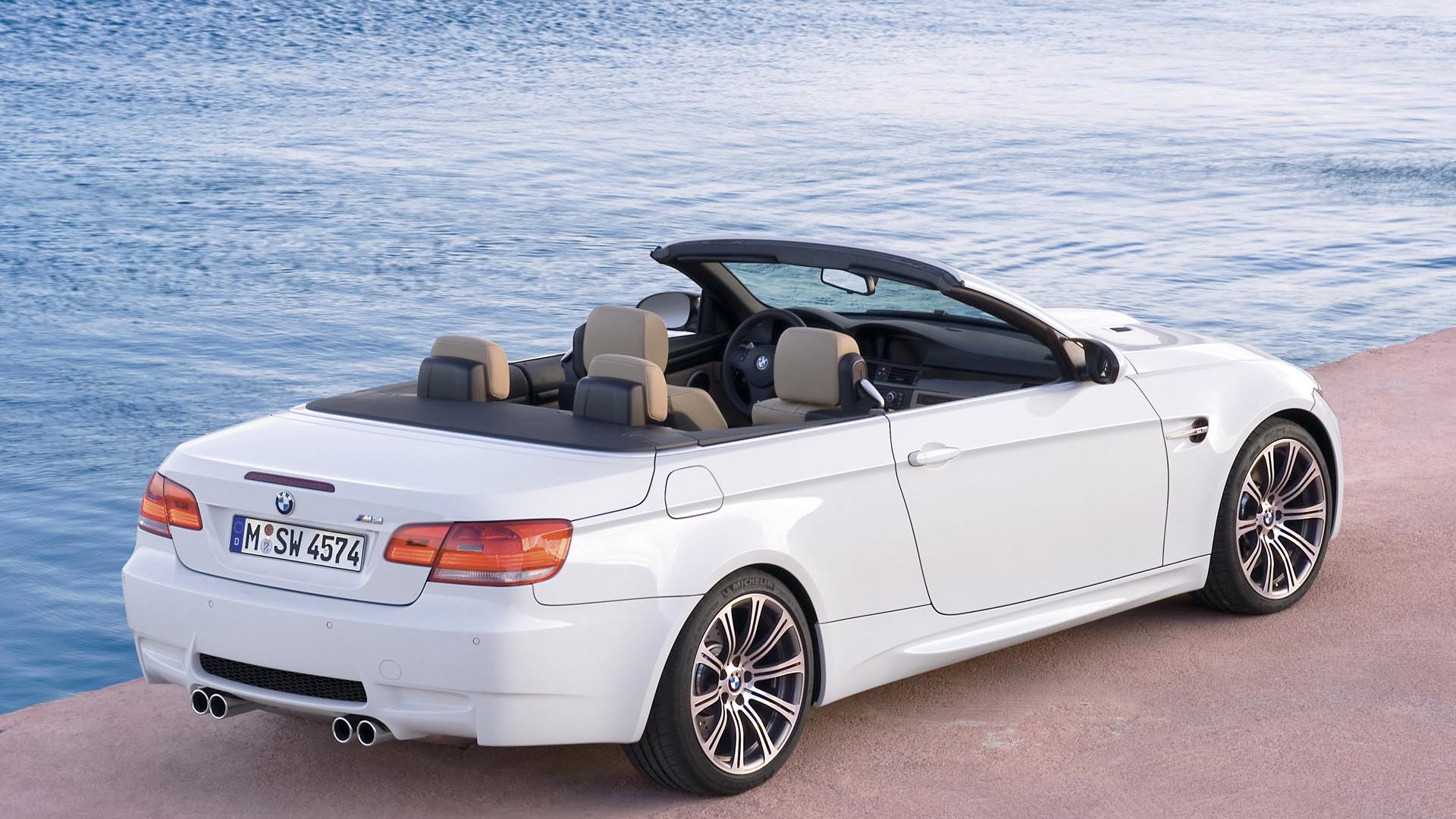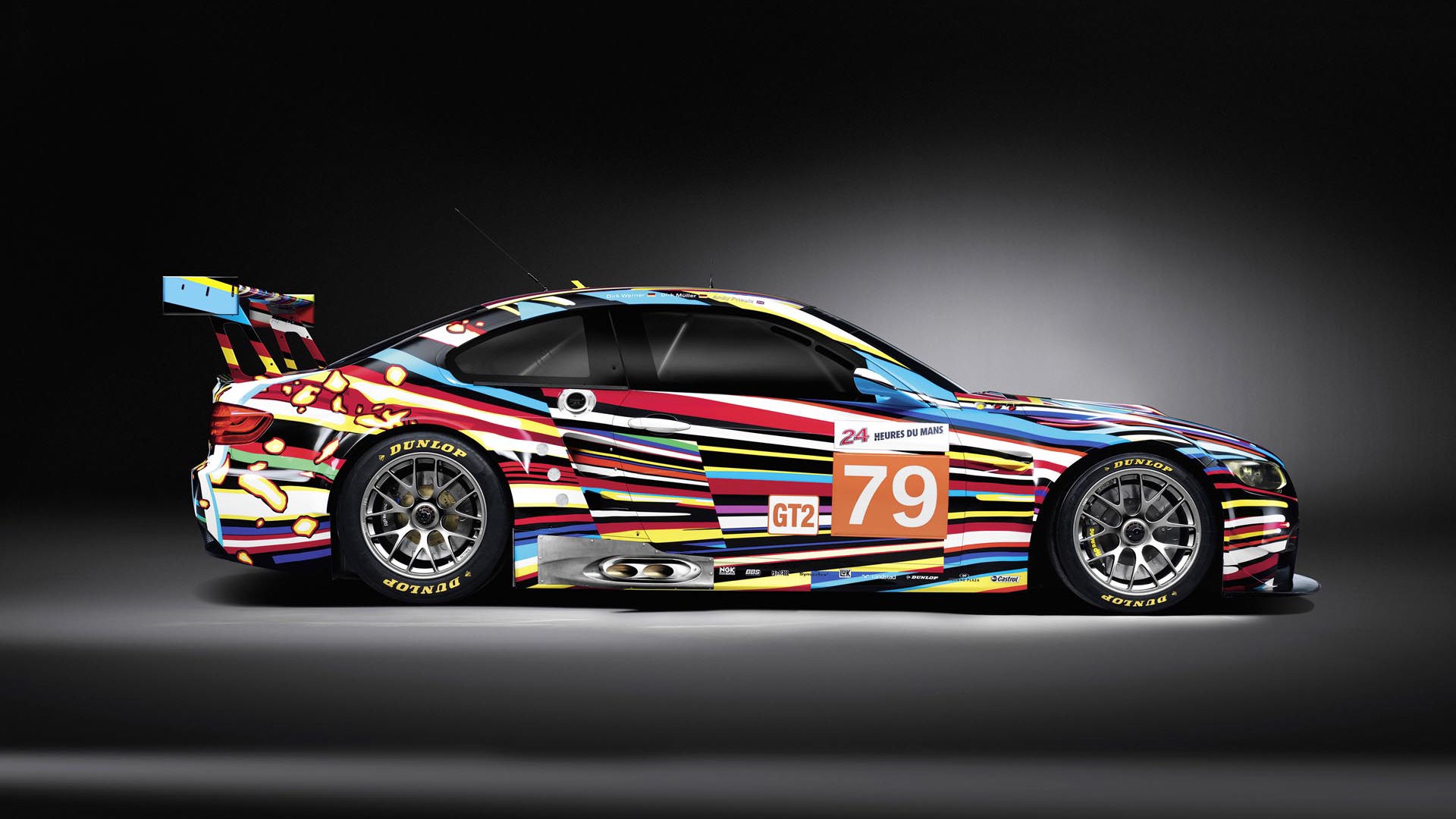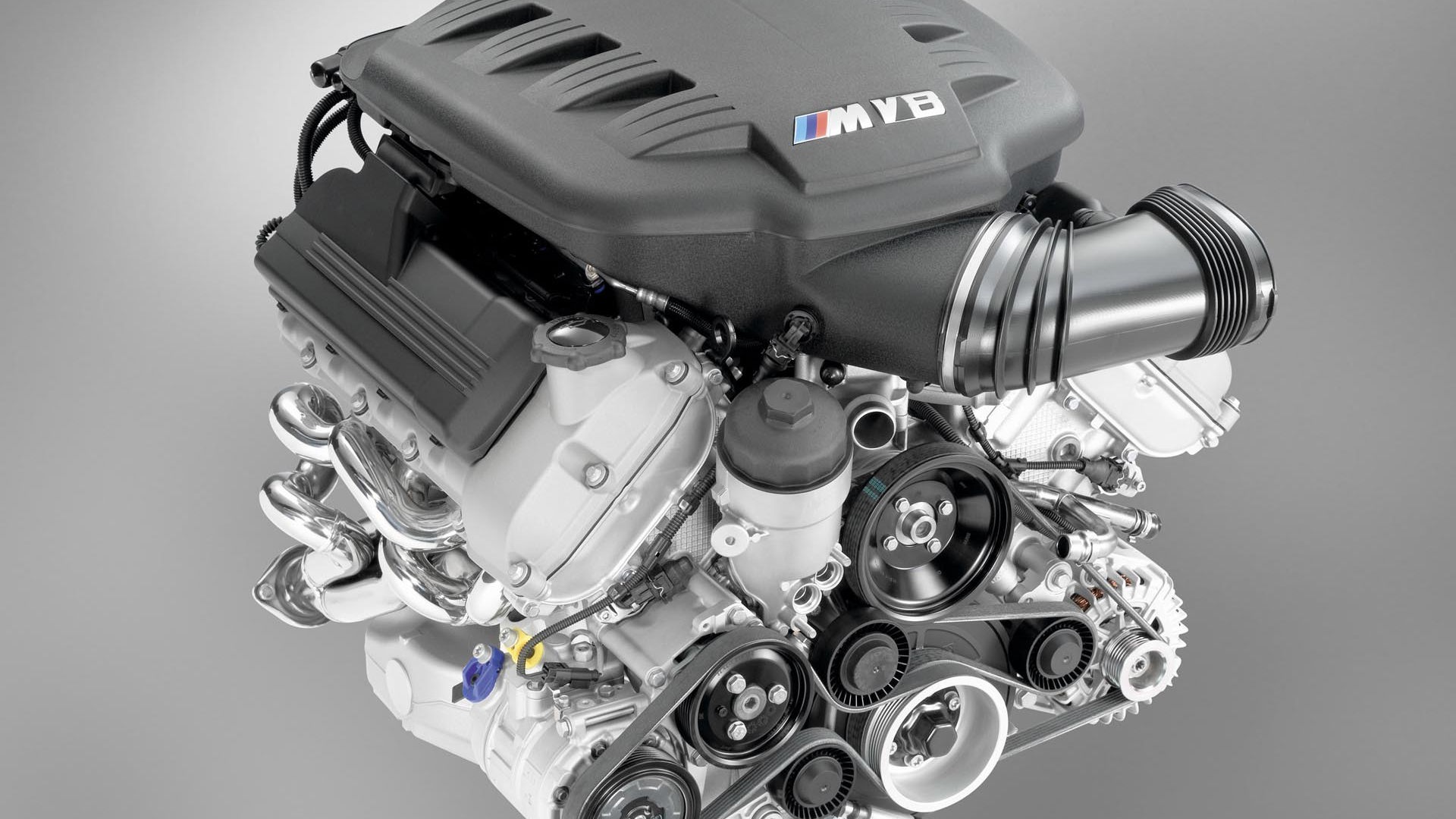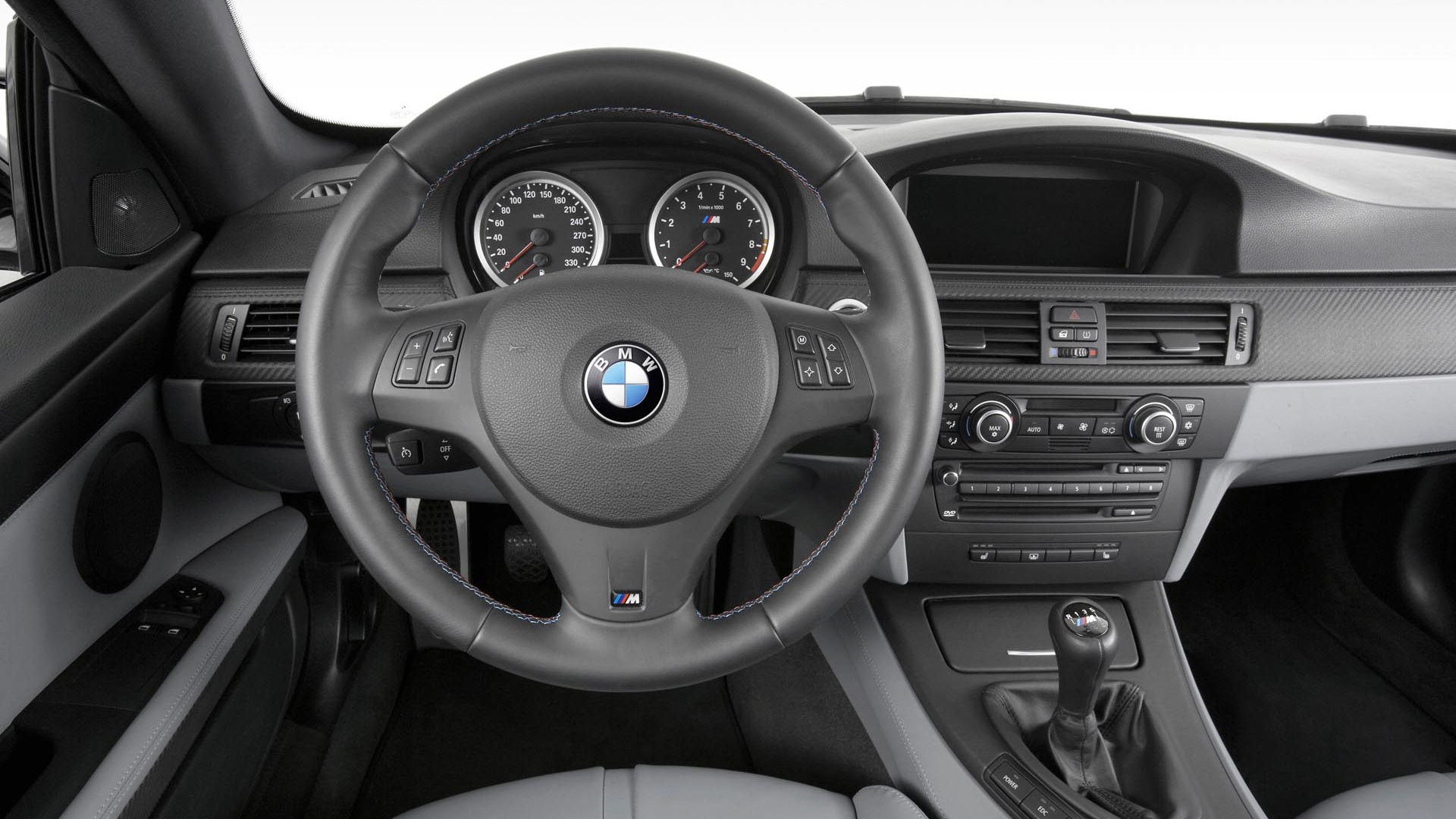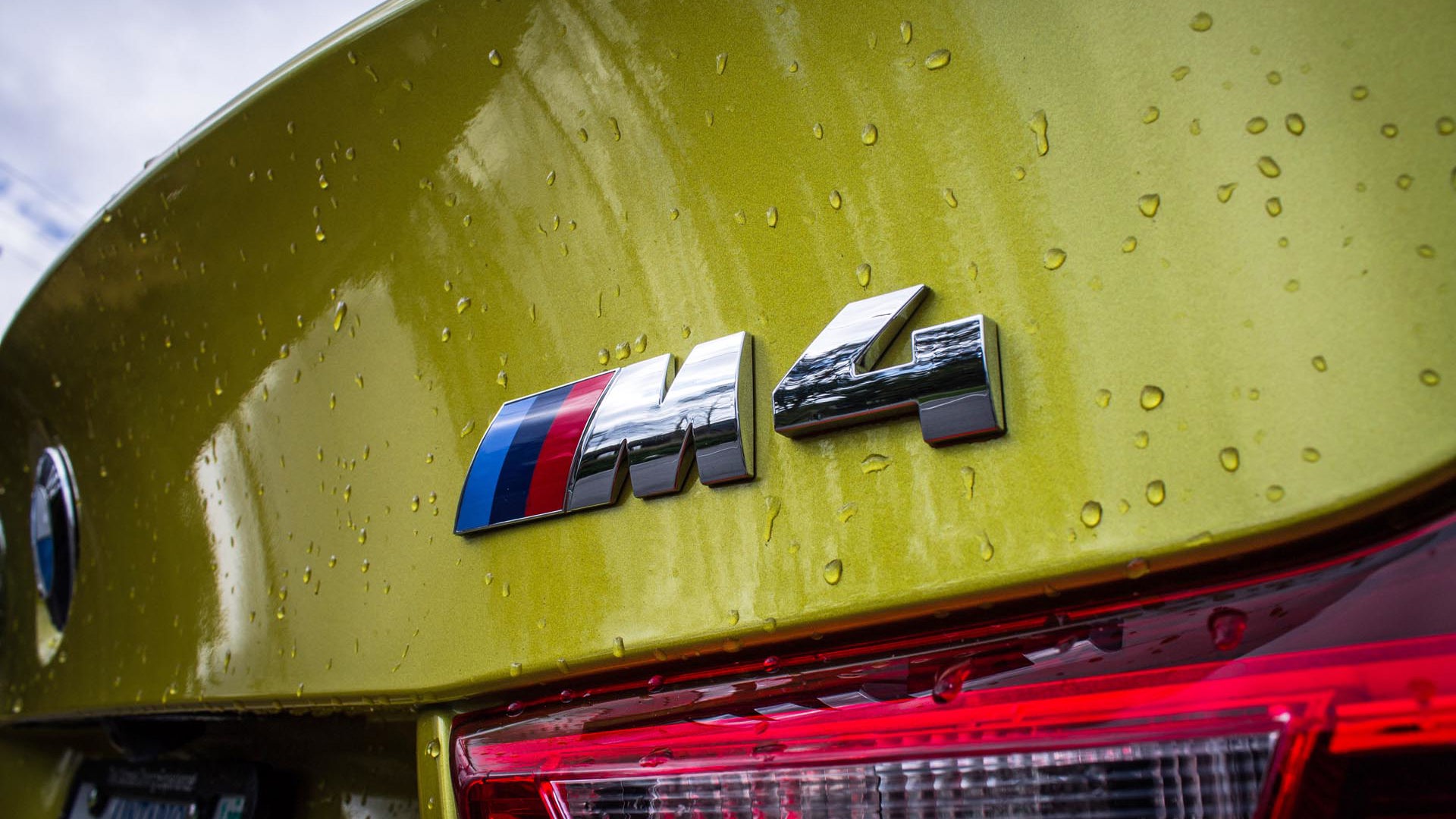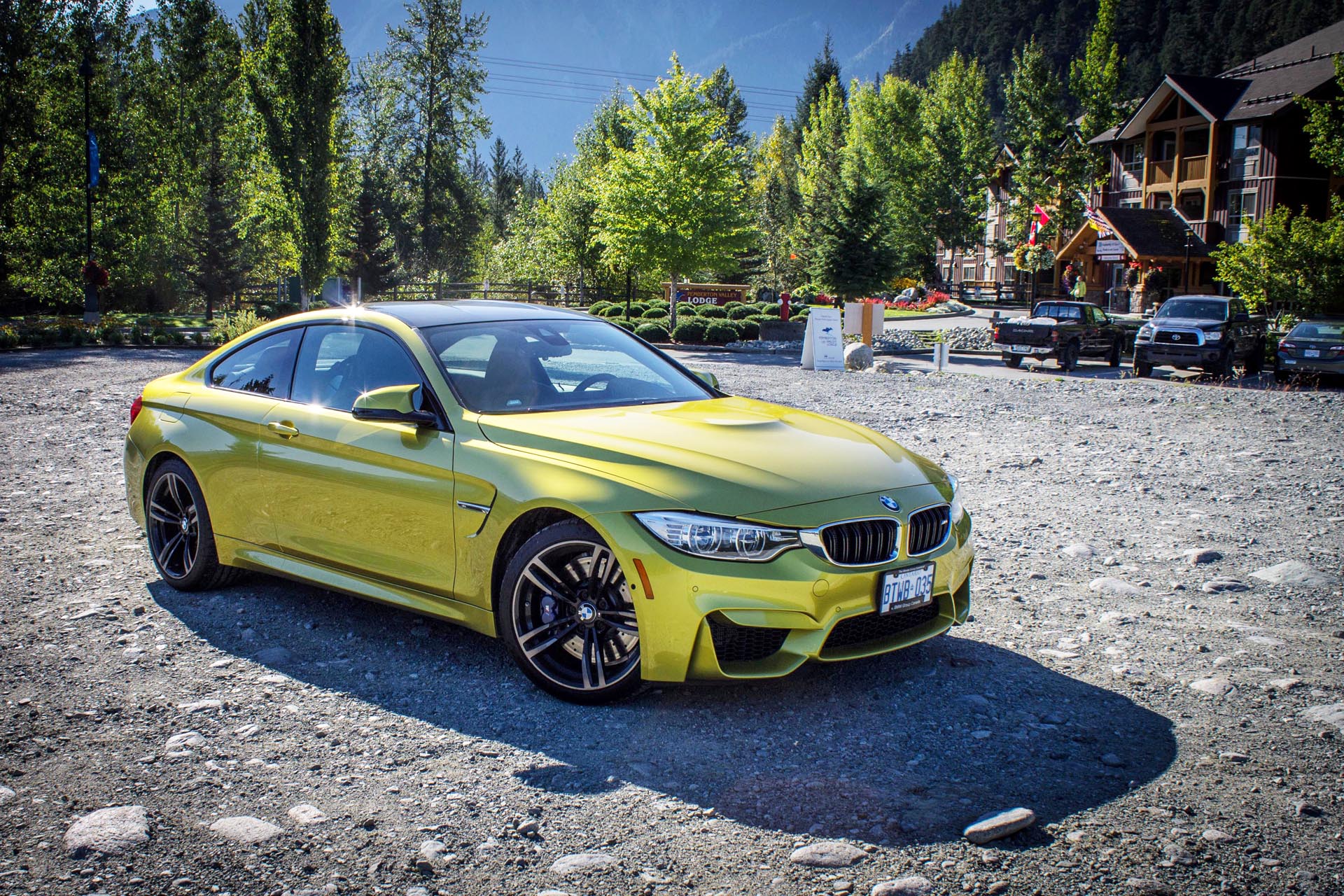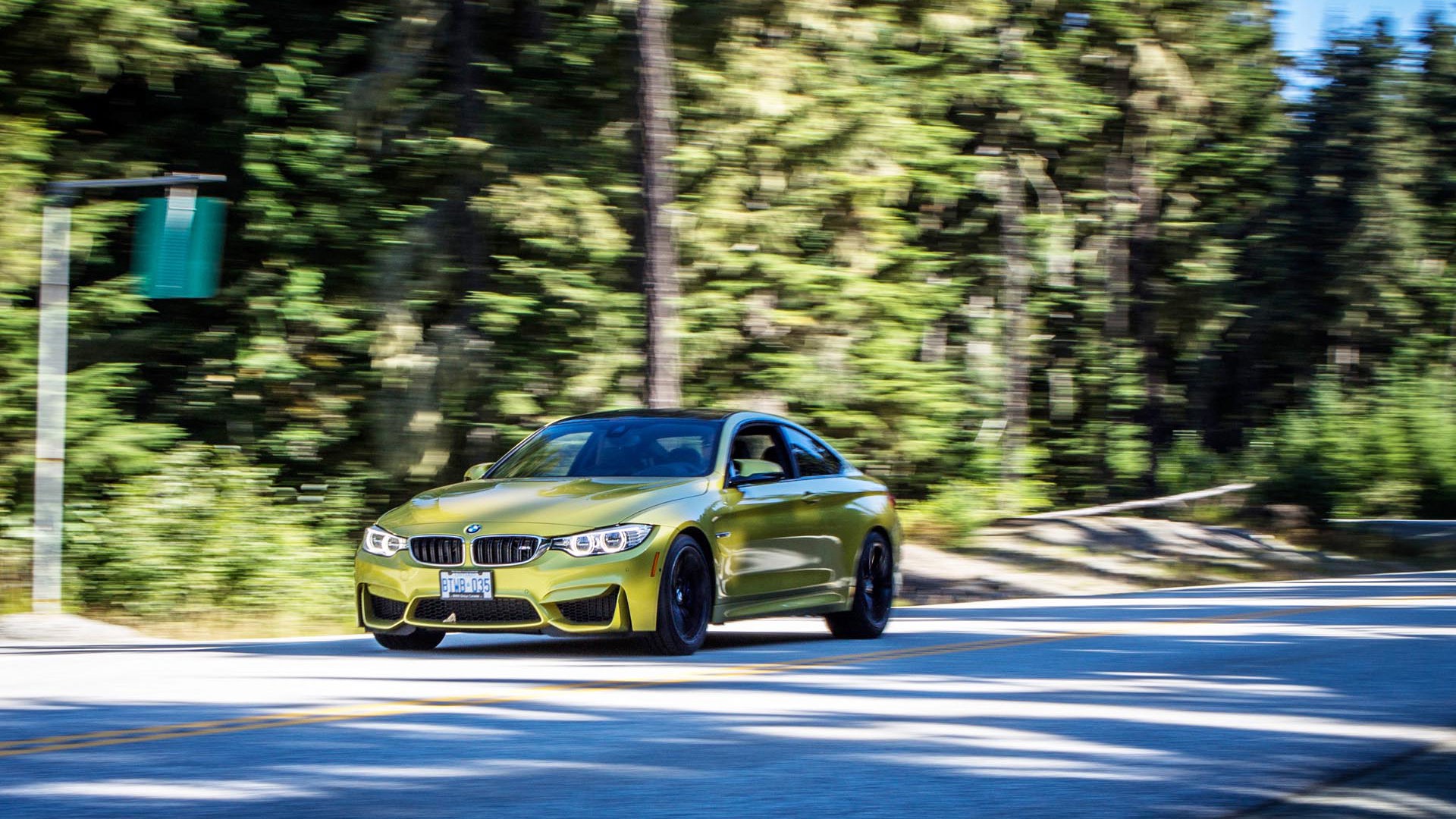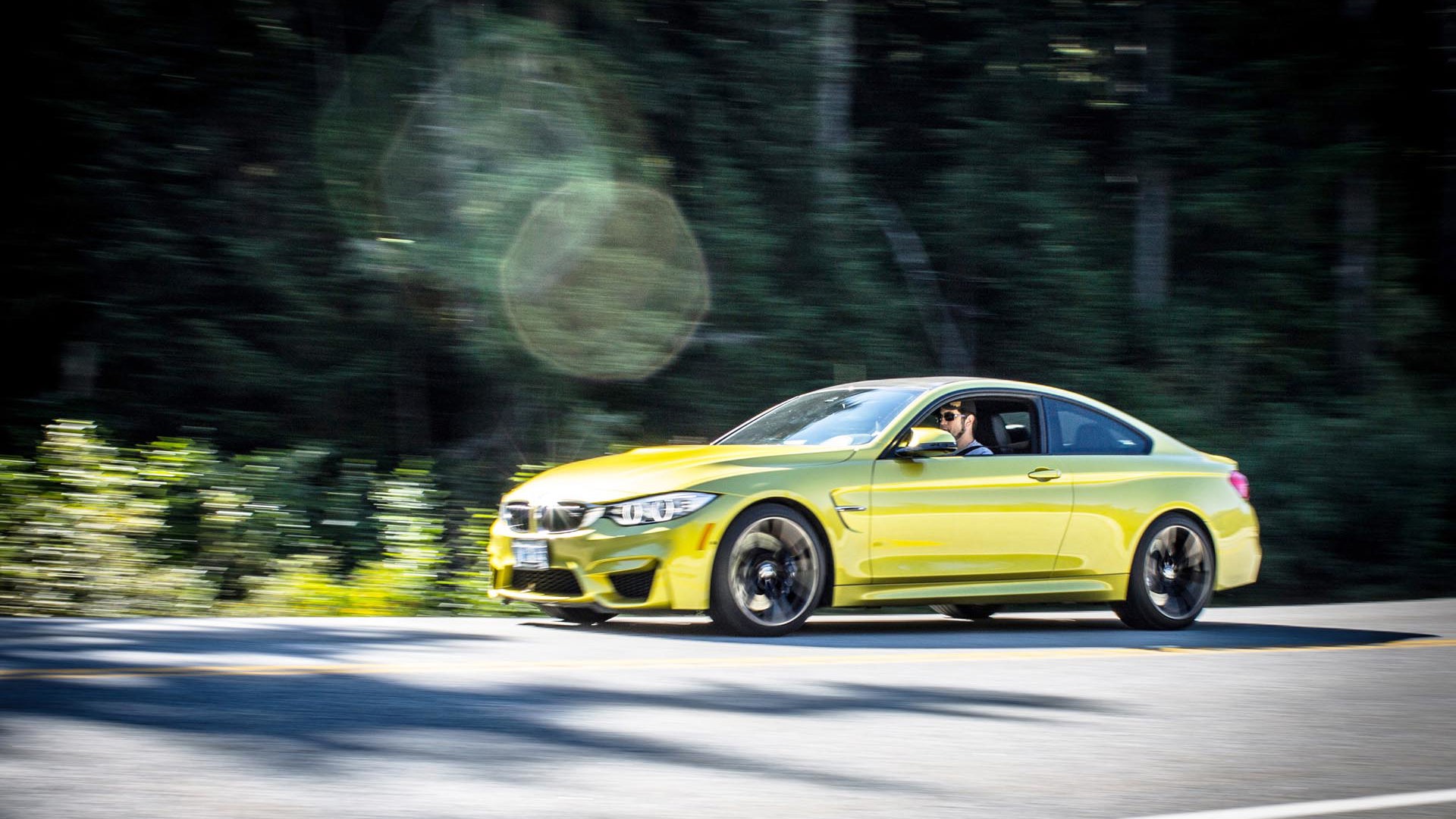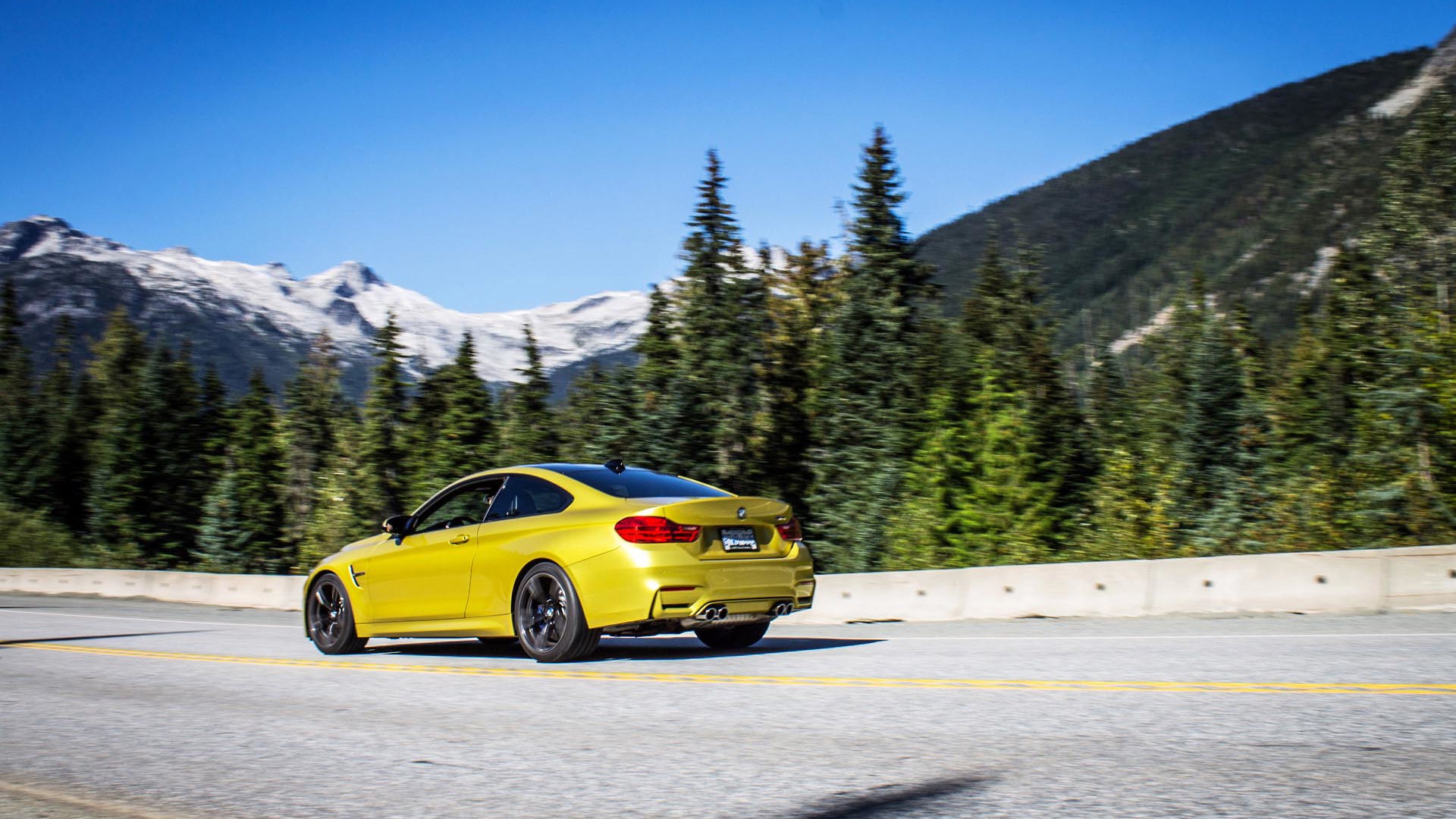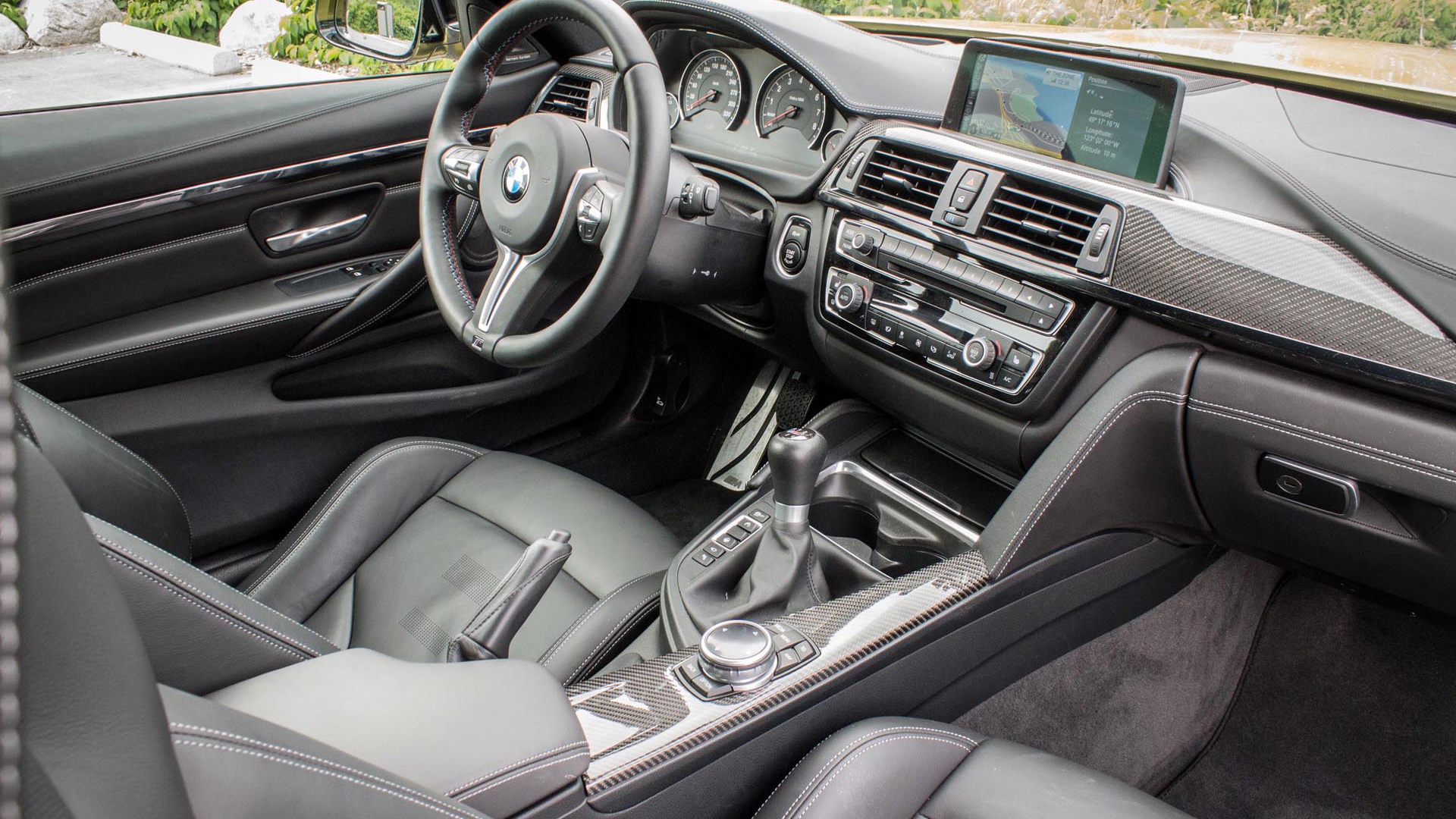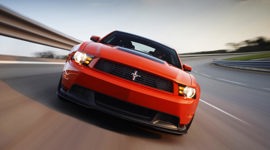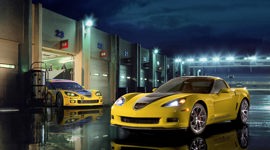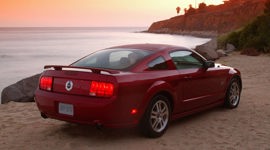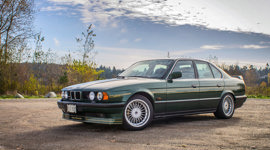Photos courtesy of BMW and by Brendan McAleer
Each morning the challengers come, and each evening they fall. The king of speed rules absolute and iron-handed over a kingdom of tarmac, picking up his broadsword every time a fiefdom gets out of line.
In his youth, he was a bantamweight fencer, then a brawler, now wielding a twin-turbocharged hammerblow that suffers fools not at all. On a throne forged of aluminum and steel, the king waits. Many have sought to unseat him. All have failed. Bring on the next.
It's been this way for thirty years now, and there has been some royal spreading of late. Matter of fact, there's a near 700 kg curb weight difference between the first lightweight corner-carver and the last-generation convertible.
Ah yes, a convertible. While it was born to run in German touring car racing, bashing fenders with Mercedes-Benzes, the BMW M3 has evolved to become something more than a homologation special. It's a cruiser, a bruiser, a track-day champ, and still big enough to get the kids to school. Here's how King Bimmer climbed to the top.
E30: 1986-1992 M3
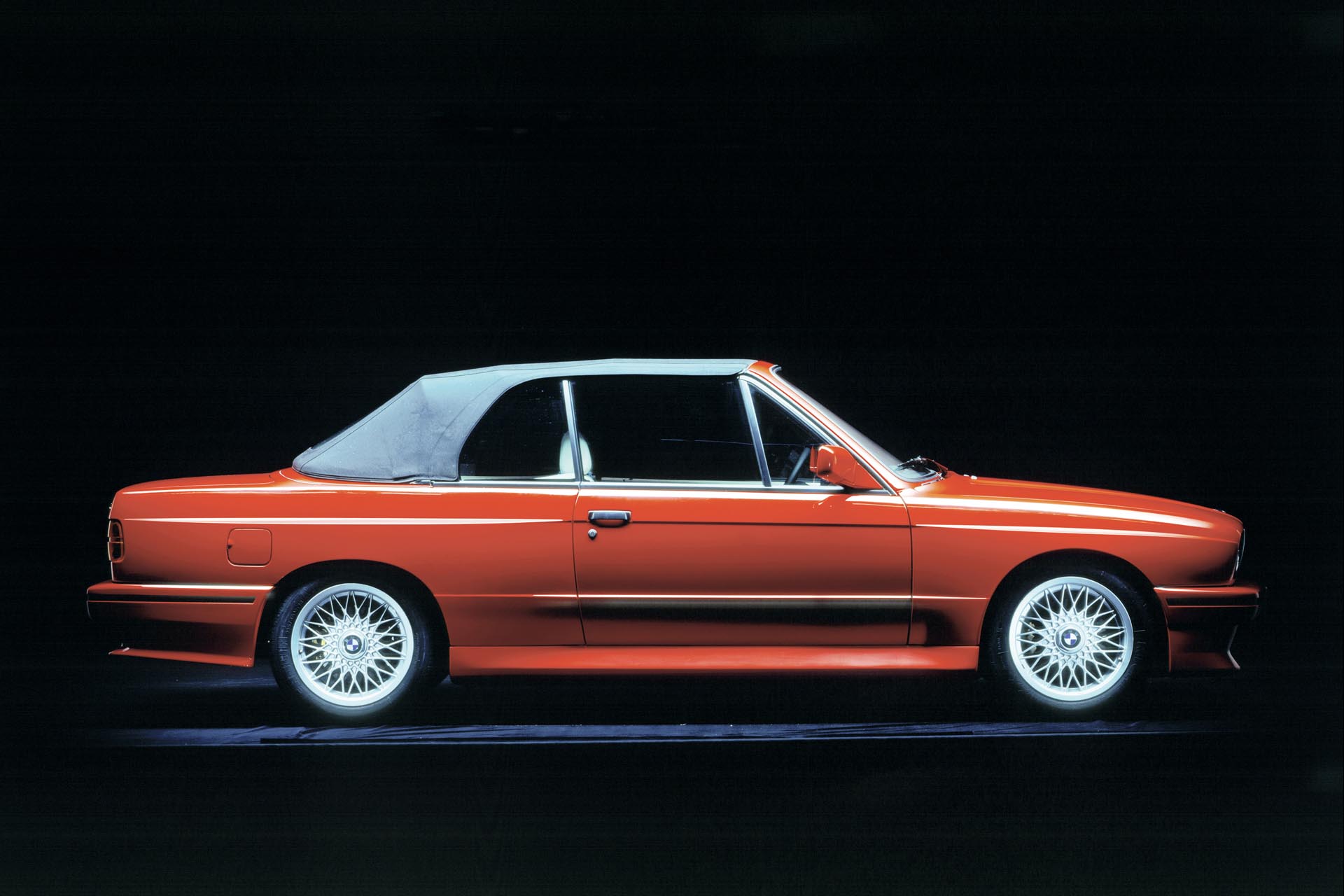
Now considered one of the most collectible modern sports cars, the boxy-flared M3 was once spurned as a lesser car. I mean, it's a BMW with a four-cylinder engine: who buys that? BMW makes ferocious straight-sixes, not wheezy little 192-hp four-bangers. Stick with the regular 325is, the experts claimed, it's more car for less money.
Well, they were wrong. Based on the E30-chassis 3 Series that's been undergoing something of a renaissance for the last few years, the first M3 added a host of aerodynamic enhancements – including those signature box-flares – better brakes, better suspension, and a 2.3L four-cylinder that took much-needed weight off the nose.
The S14B23 and S14B25, as they're known to BMW propellerheads, were jewels homologated to the road for racing. Sure, the North American–spec cars didn't make much more power than a V6 Camry, but in race trim the later 2.5L engines would crank out as much as 380 hp.
Combined with a feathery curb weight, tough mechanicals, and good-natured, even-handed driving dynamics, the M3 racked up the racing wins. Soon it became a fan favourite, and developed a reputation as a winning partner for club racers too. Prices are currently through the roof on these things.
E36: 1992-1999 M3
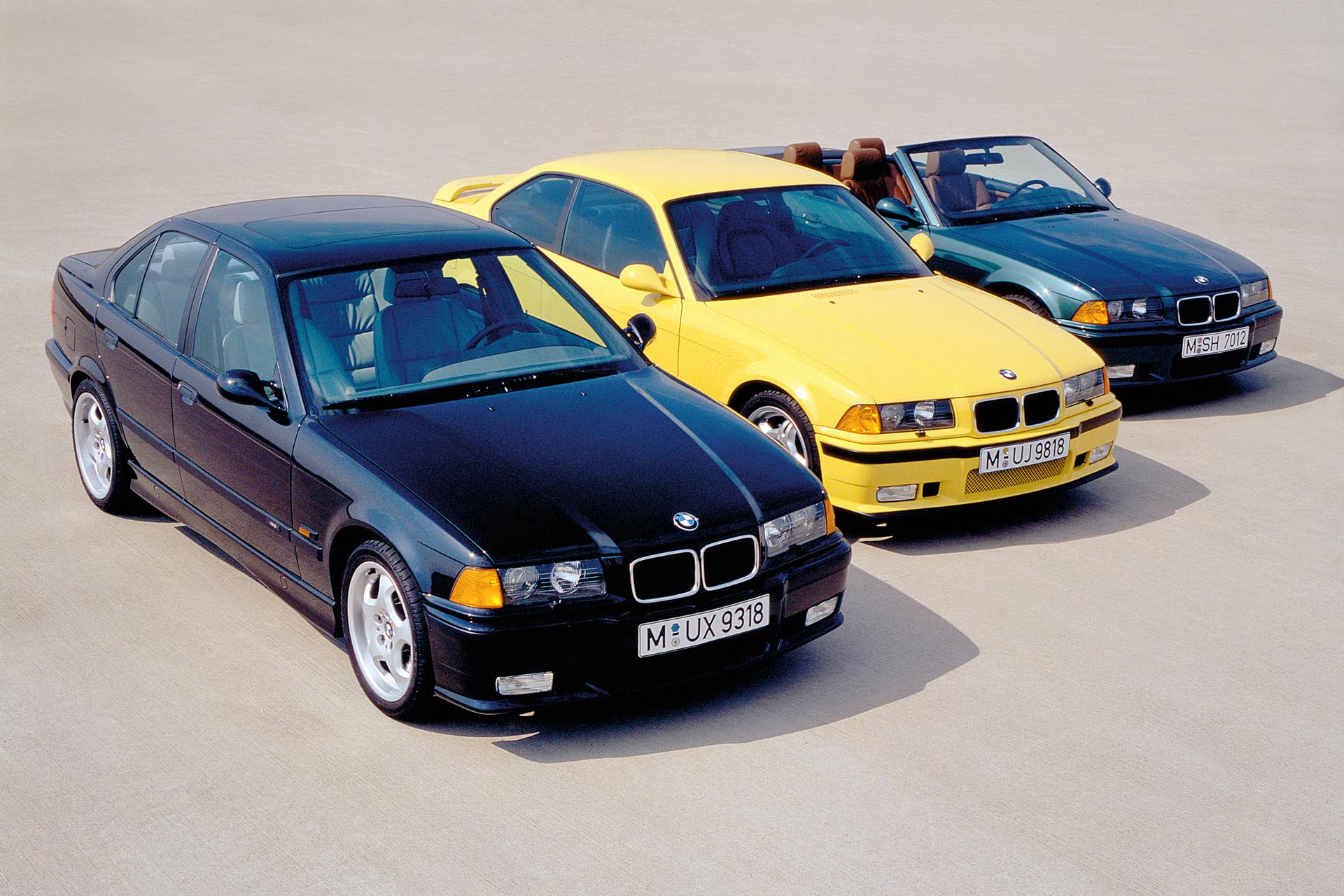
The second-generation M3 that debuted in 1992 was an entirely different beast from its predecessor, and remains one of the best cheap sports car buys in the market. They aren't cheap to maintain, but dig up a local specialist and figure out how to address the Achilles' heel(s) of these cars, and they can make for a raw, vital driving experience.
Powered by a 240-hp straight-six engine in North American models, the E36-chassis M3 was available as a coupe, sedan, and later a convertible. It was faster in a straight line than the first-gen cars, and traded some lightness of feel for power, something that would become an M3 trait going forward.
More Special Editions: Best Anniversary and Special Editions
The late Paul Walker was a noted collector of the lightweight versions of these cars, which can really hold their own at a track day, assuming the driver is skilled enough.
Canada was also extra-lucky with the M3, as a small group of enthusiasts managed to get BMW to bring over the full-bore Euro-spec versions in 1994: these made a heartier 282 hp. Just 45 were sold, making them a rare BMW footnote.
E46: 2000-2006 M3
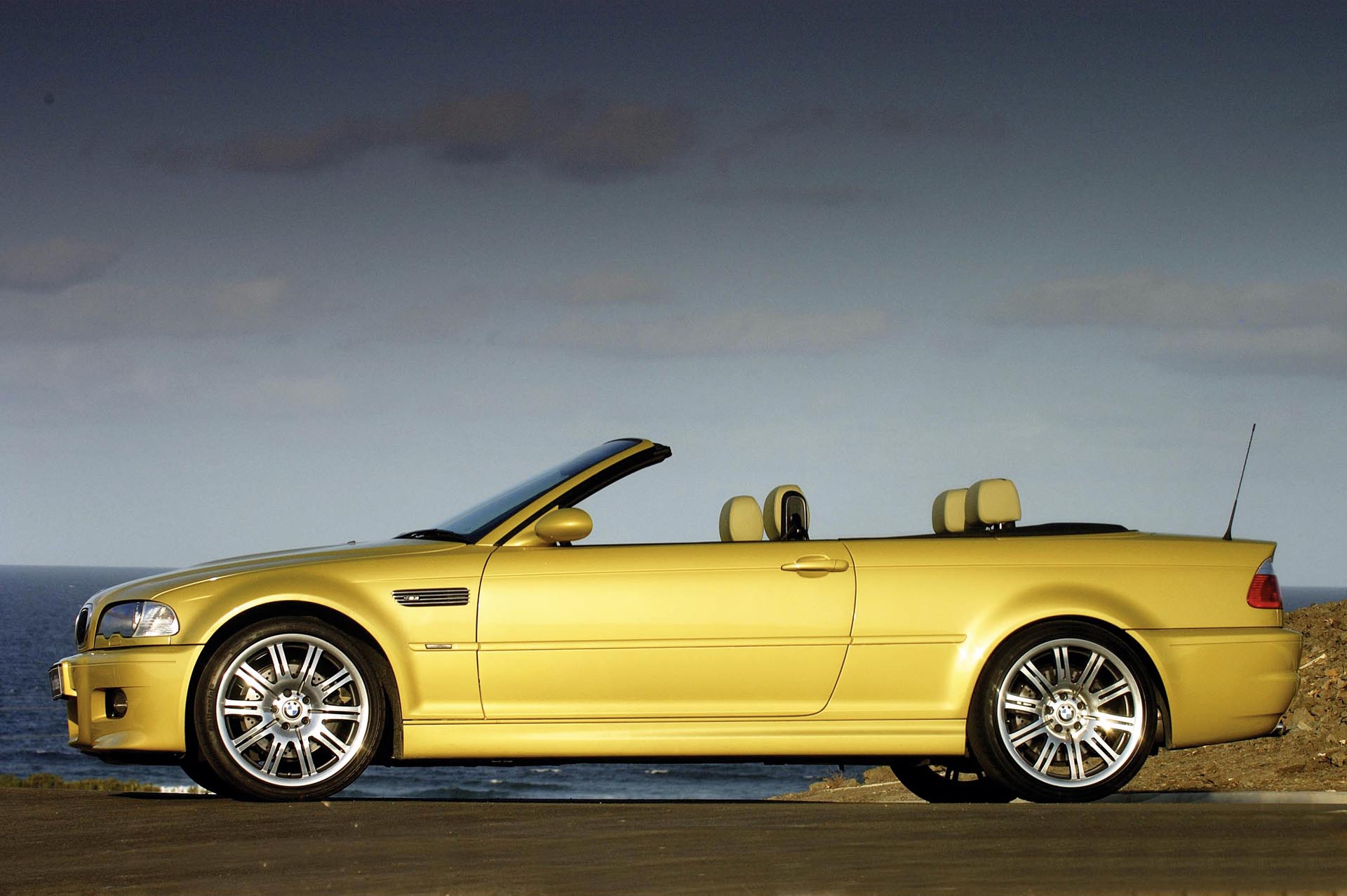
Considered to be the best M3 blend of speed and luxury, the E46-chassis M3 is the last naturally aspirated six-cylinder M3, and the first to be widely available with a sequential manual gearbox. Avoid the latter at all costs.
When fitted with a proper six-speed manual and equipped with the ZCP handling package, this generation of M3 is both fast enough to keep up with modern rivals, and simply a wonderful thing to drive. Each of those six cylinders has its own throttle body, and the 3.2L I6 howls all the way to 333 hp.
Actually, the Competition Package is more than just handling upgrades: you also get quicker steering, Alcantara interior goodies, and an upgrade for the traction control. These days, with all modern cars ballooning in weight, it's a collector's item.
E90/92/93: 2007-2013 M3
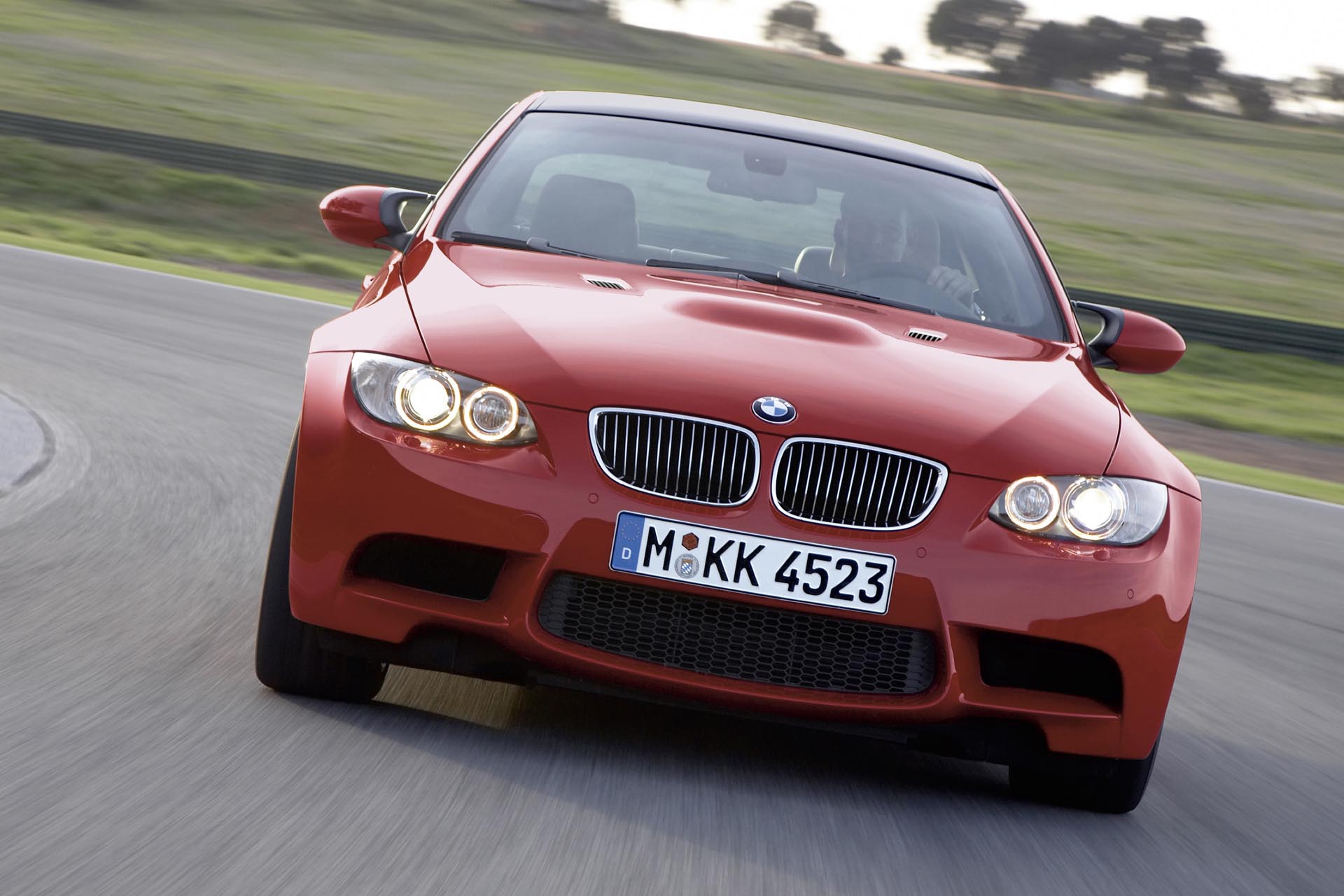
The E90/92/93-chassis (sedan, coupe, convertible) BMW M3 is something of a mixed bag. On one hand, it's likely to go down in history as the heaviest M3 ever made, particularly the folding hardtop version, which weighs as much as a fully-functioning Death Star.
But on the other hand, this incredibly complicated machine boasts one of the loveliest engines ever produced by BMW, a free-revving 4.0L V8 making 414hp and redlining at a sky-high 8400rpm. It's also even lighter than the outgoing M3's straight-six was, and is both the last naturally-aspirated M-power engine, and the last one developed with an eye towards motorsport.
Used Review: Used Vehicle Review: BMW M3, 2007-2013
So, heavy, but also incredible. Really, this generation of M3 makes the most sense as a sedan, where it approaches the dimensions and weight of an old hand-built M5 sedan from the early 1990s. It's faster of course, but who else is offering a rear-drive, stick-shift, 400+hp four-door that's just as good at track duty as it is at the school run?
F80: 2014-2015 M3 and M4
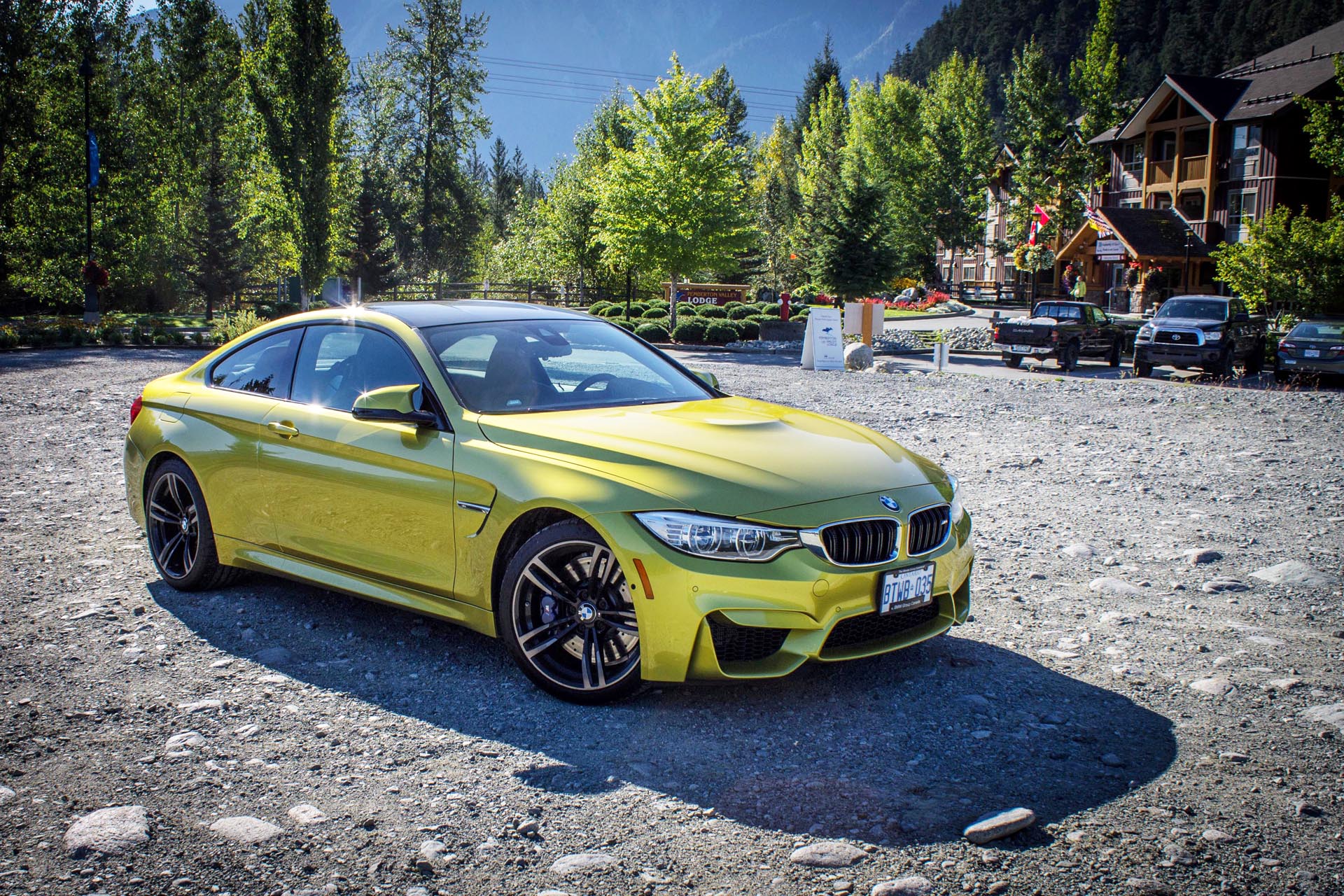
Wait, that badge doesn't say M3! Well, it's still an M3, badge or no. For those who took offence at BMW bringing their high-performance coupe into line with the rest of their lineup's nomenclature, just know that this was something the company has been trying to do since that E36-chassis car.
Read more on Autos.ca: Test Drive: 2015 BMW M3
Besides which, everybody can see that this is still the same car as its four-door M3 cousin, just with two fewer doors. Given that there's no weight savings or dimensional differences between the two, you might be better off just going with the four-door version once again, but the coupe does add a certain element of style.
With this latest generation of car, BMW returns to the straight-six engine, though one turbocharged for massive grunt. It's a beast of an engine, much more difficult to manage on the track than the smooth-revving V8, but also much, much punchier around town. Opinion seems divided as to whether it's an axe-murderer, or sweet as a peach. Kind of a blend of both really.
While you can still get the M3/M4 with a manual transmission, it's worth noting that the new seven-speed dual-clutch gearbox is probably a better fit for this car. It's a technological tour-de-force, so why would you hamstring it with outdated technology?
If you want a more elemental, more pure drive, you should probably be shopping for an E30 car with collector plates anyway. That's your purist’s choice – these days the M3 is an even more potent blend of speed and luxury; it's not as raw as it once was, but it manages to be ever more comfortable without losing the thrill.
